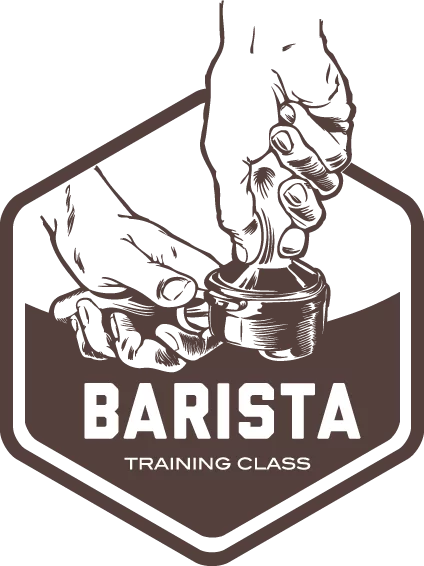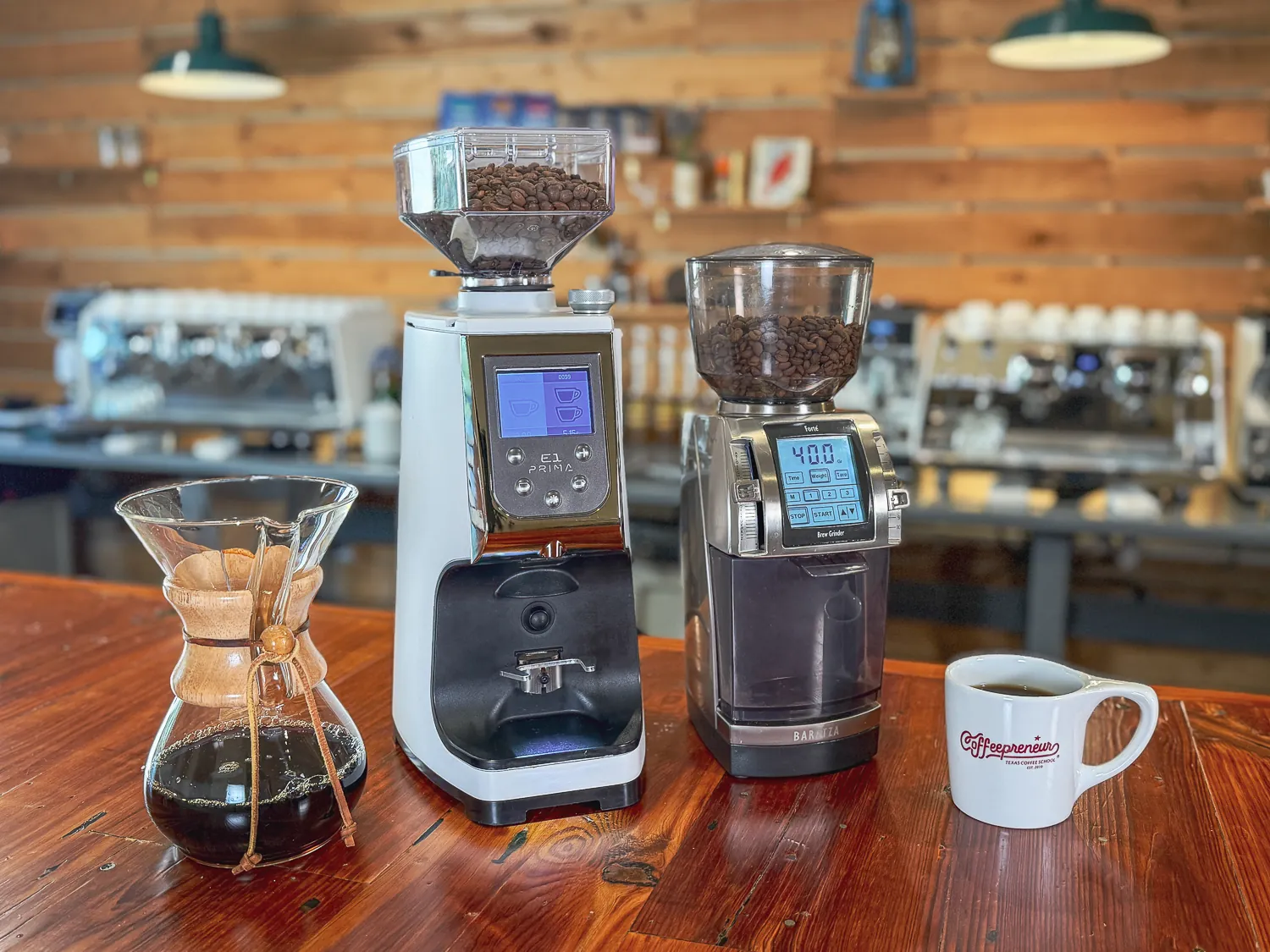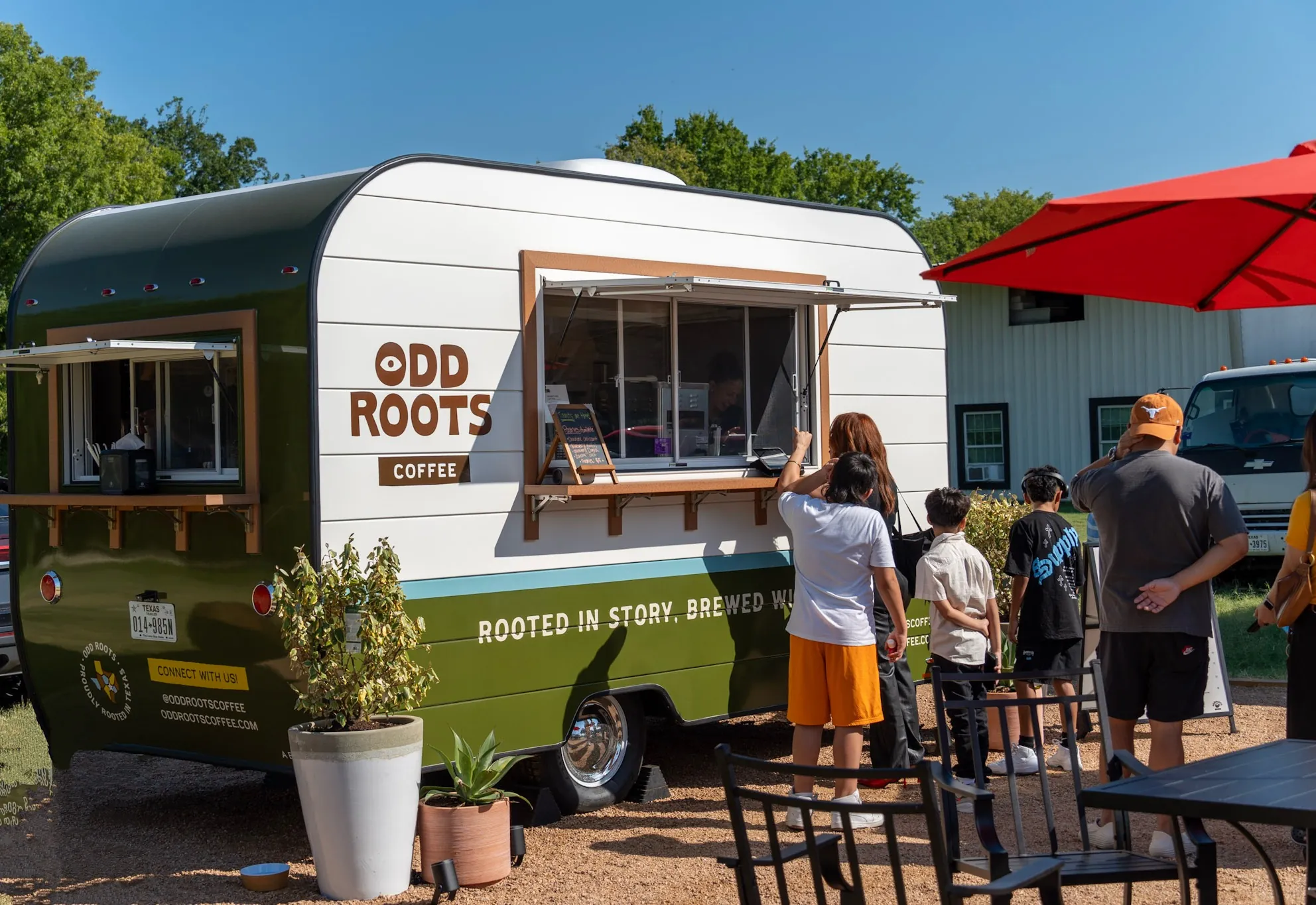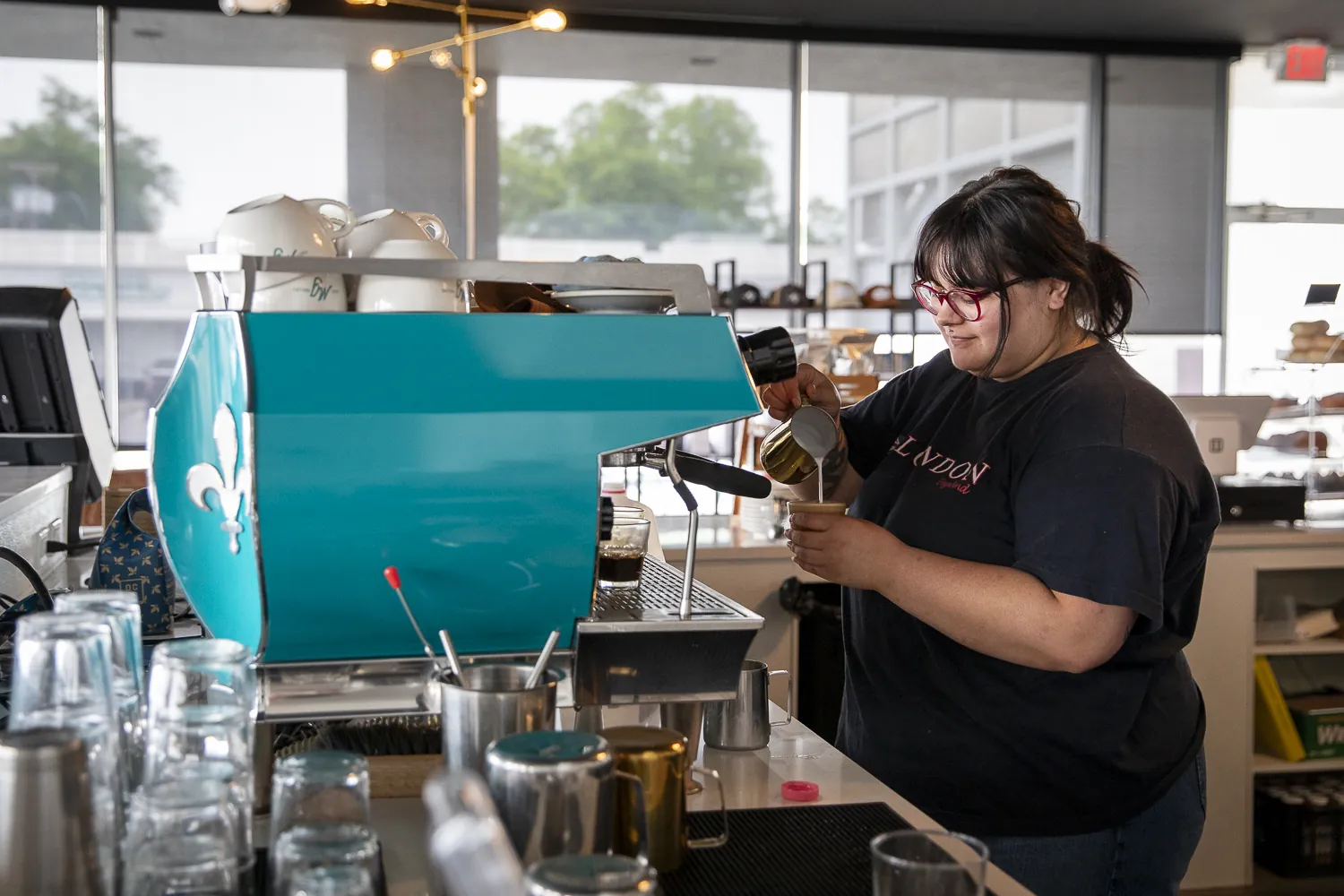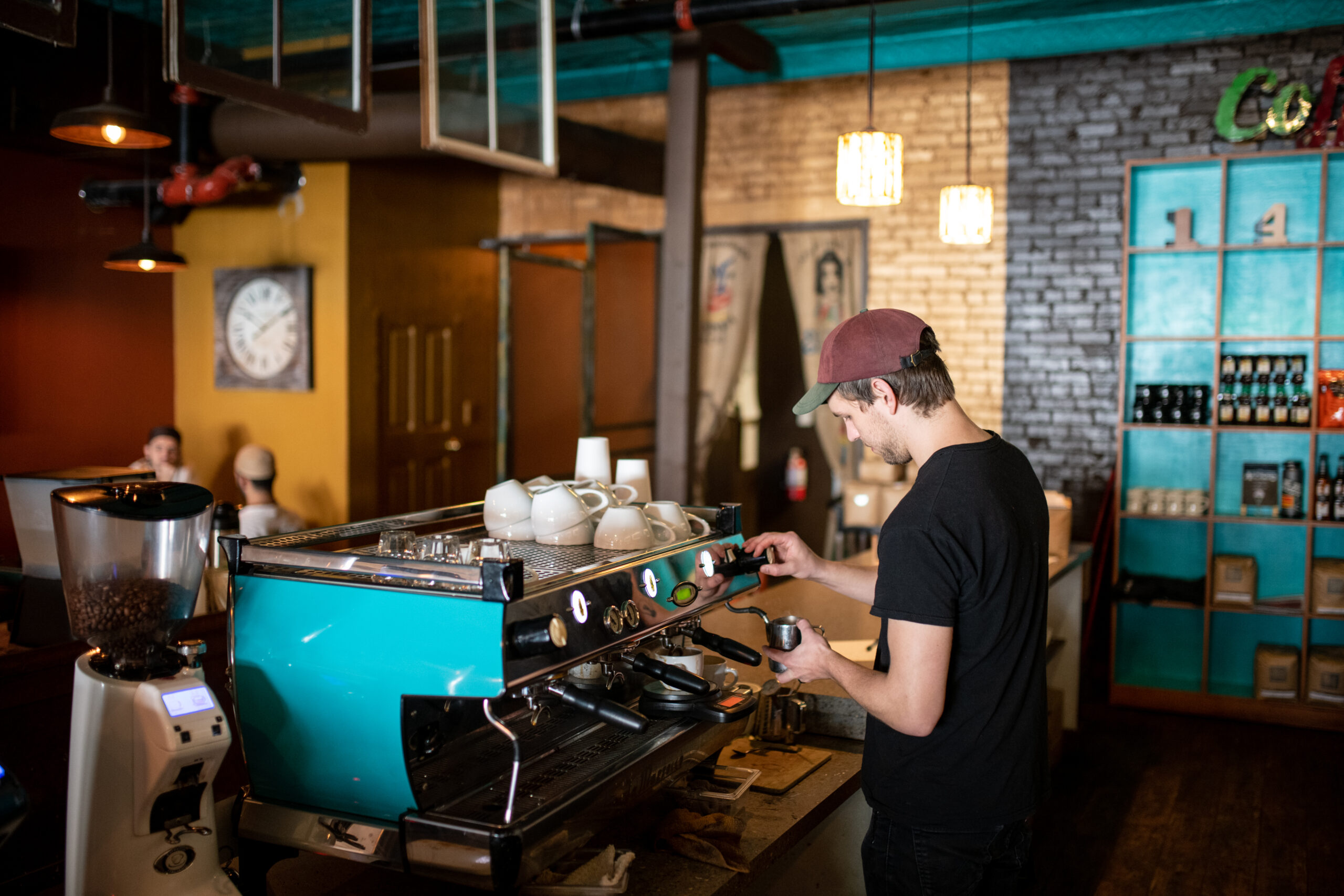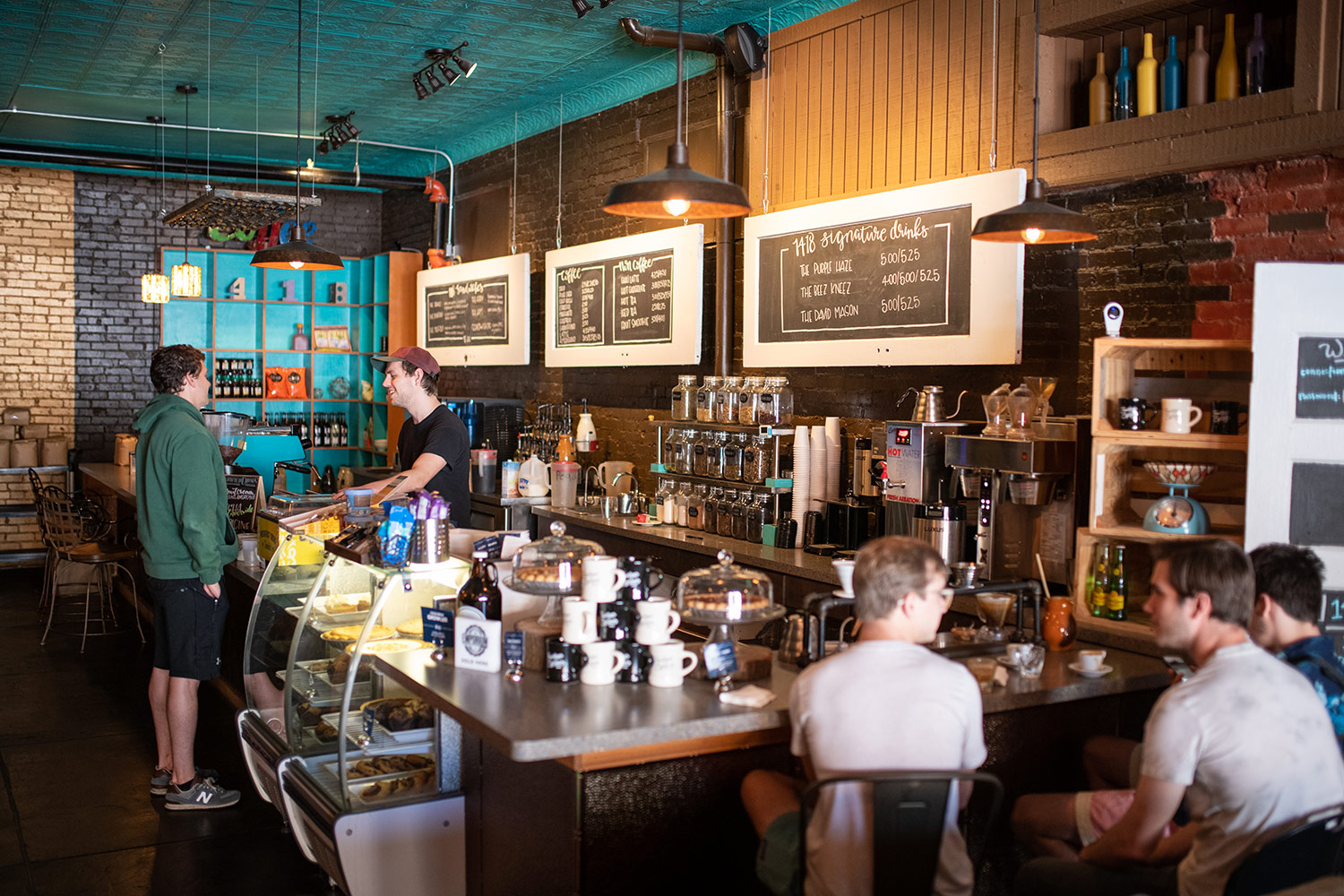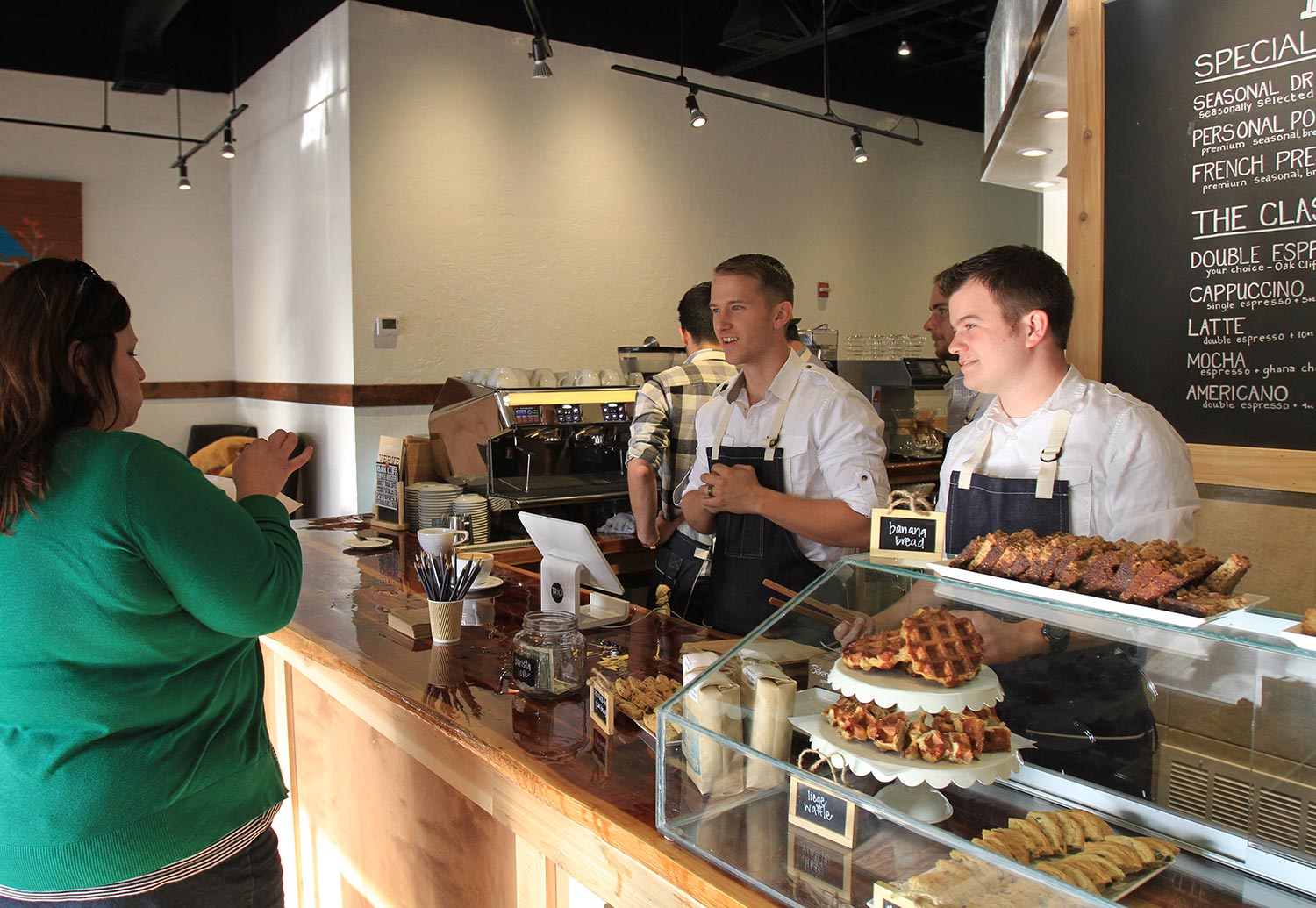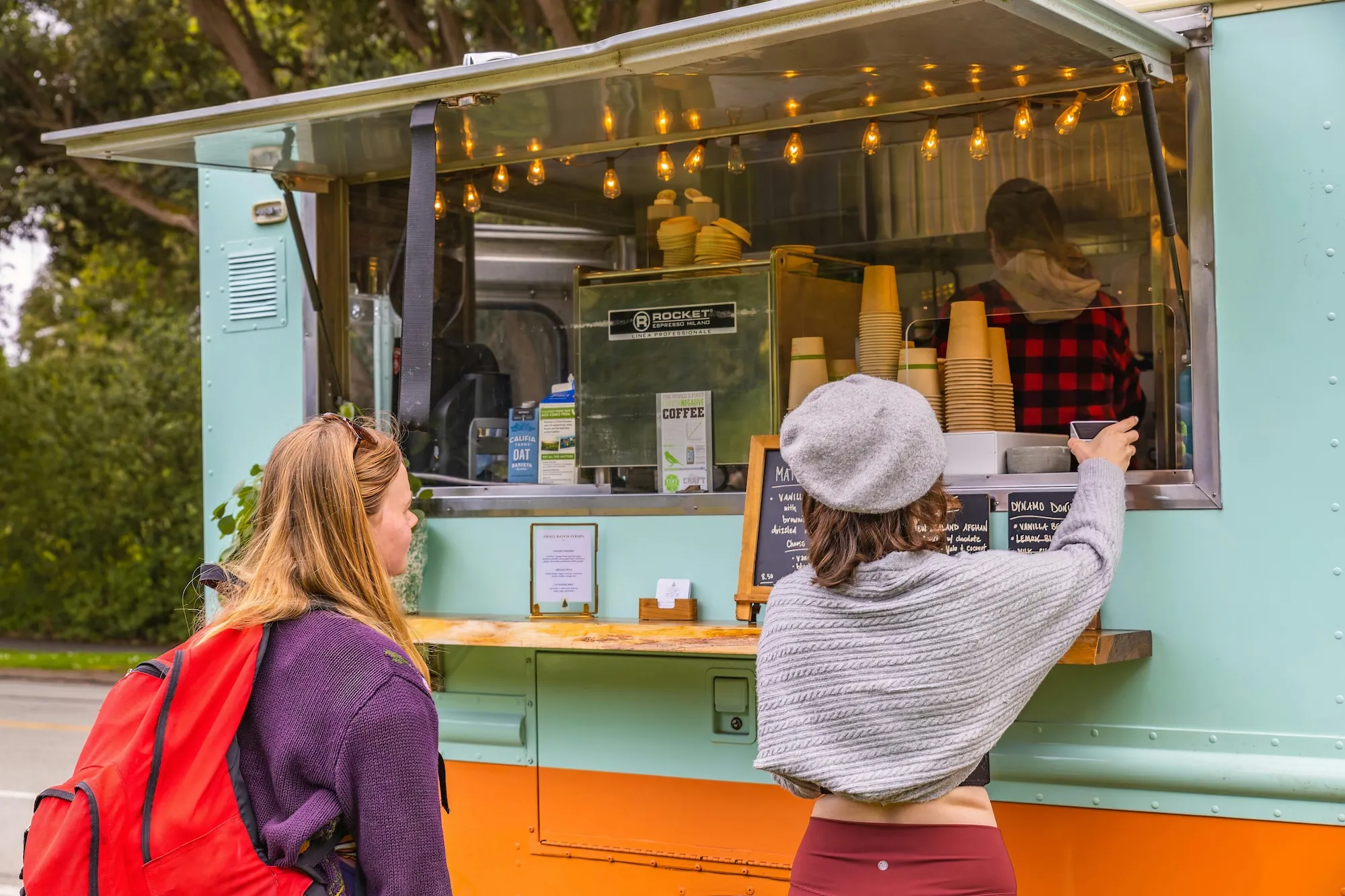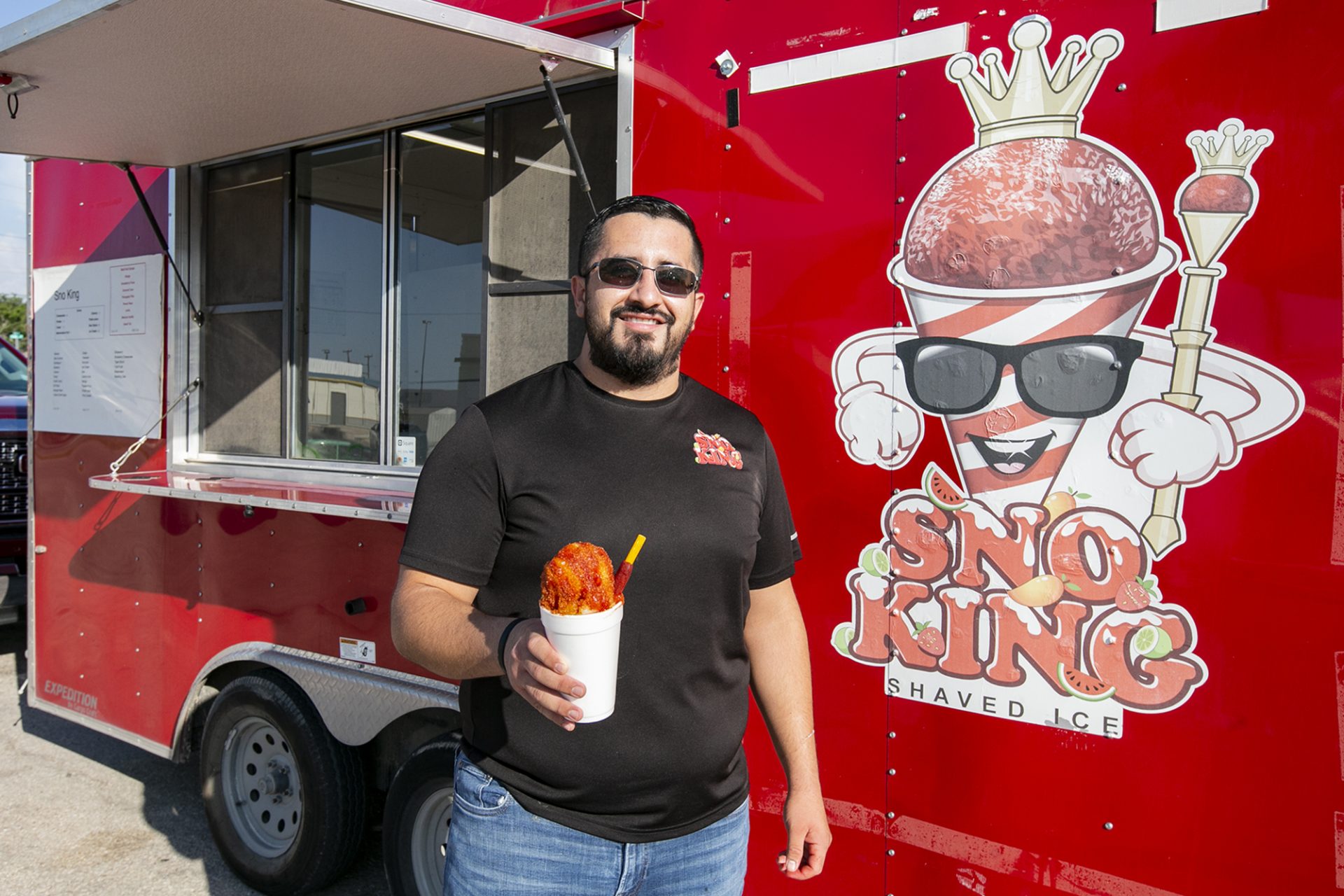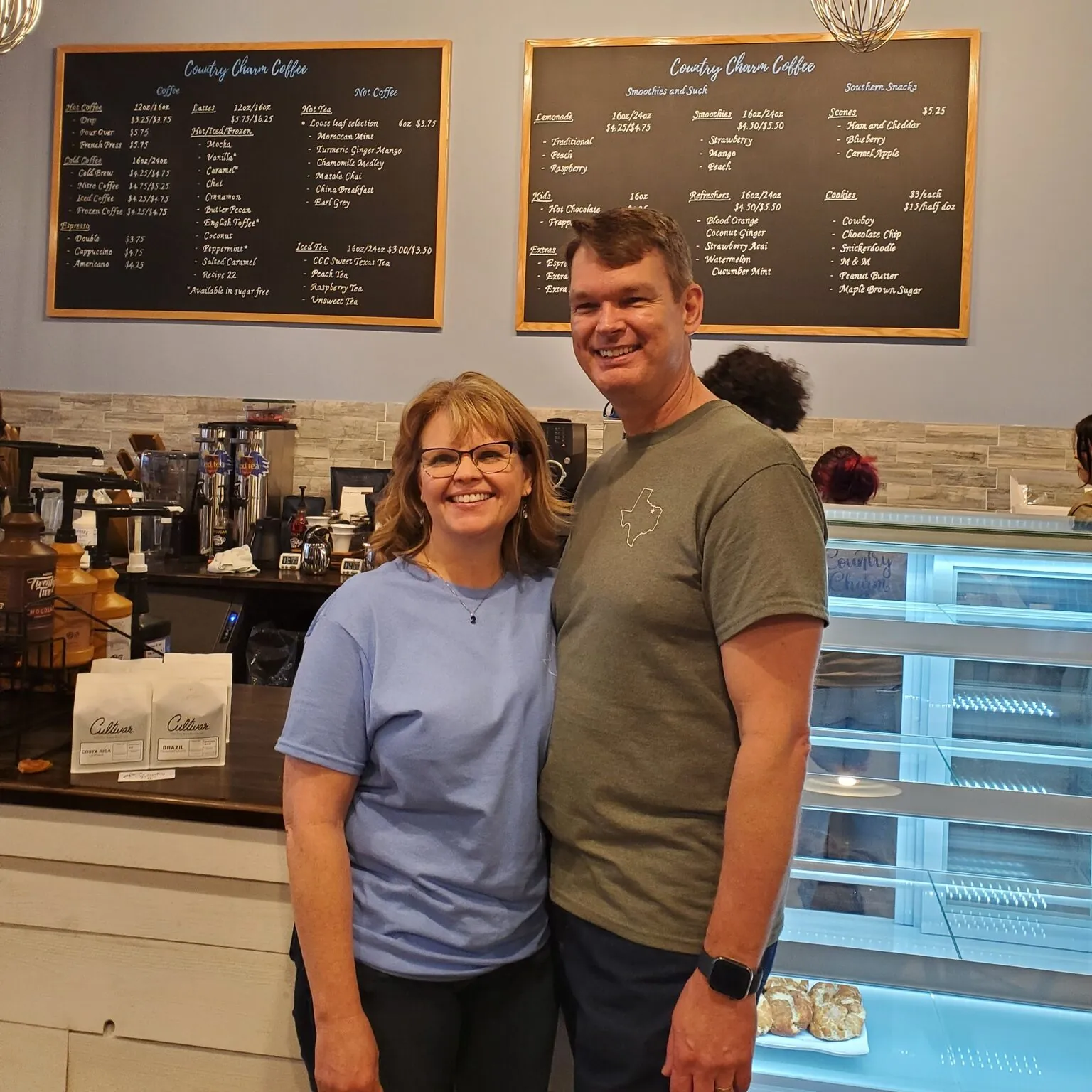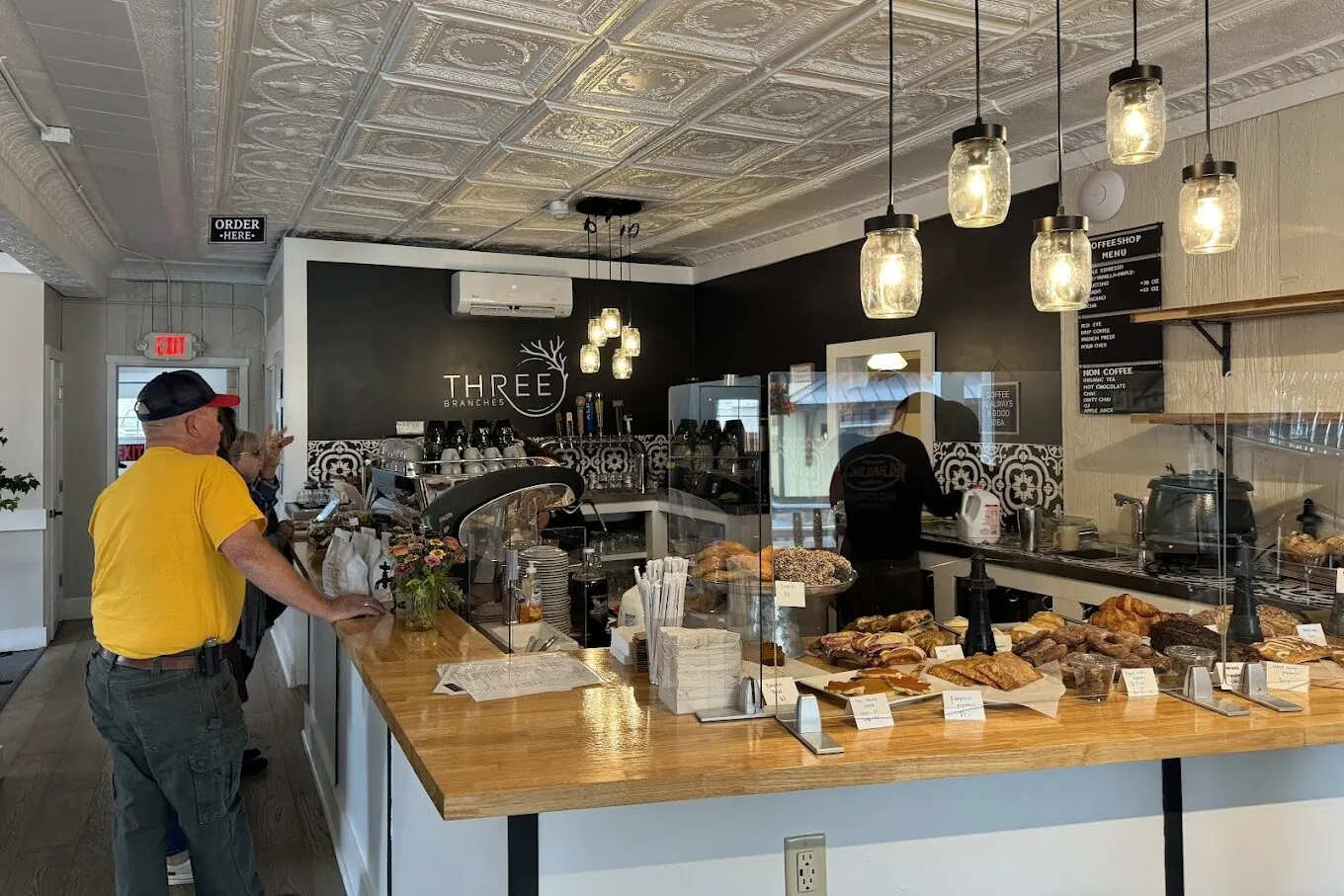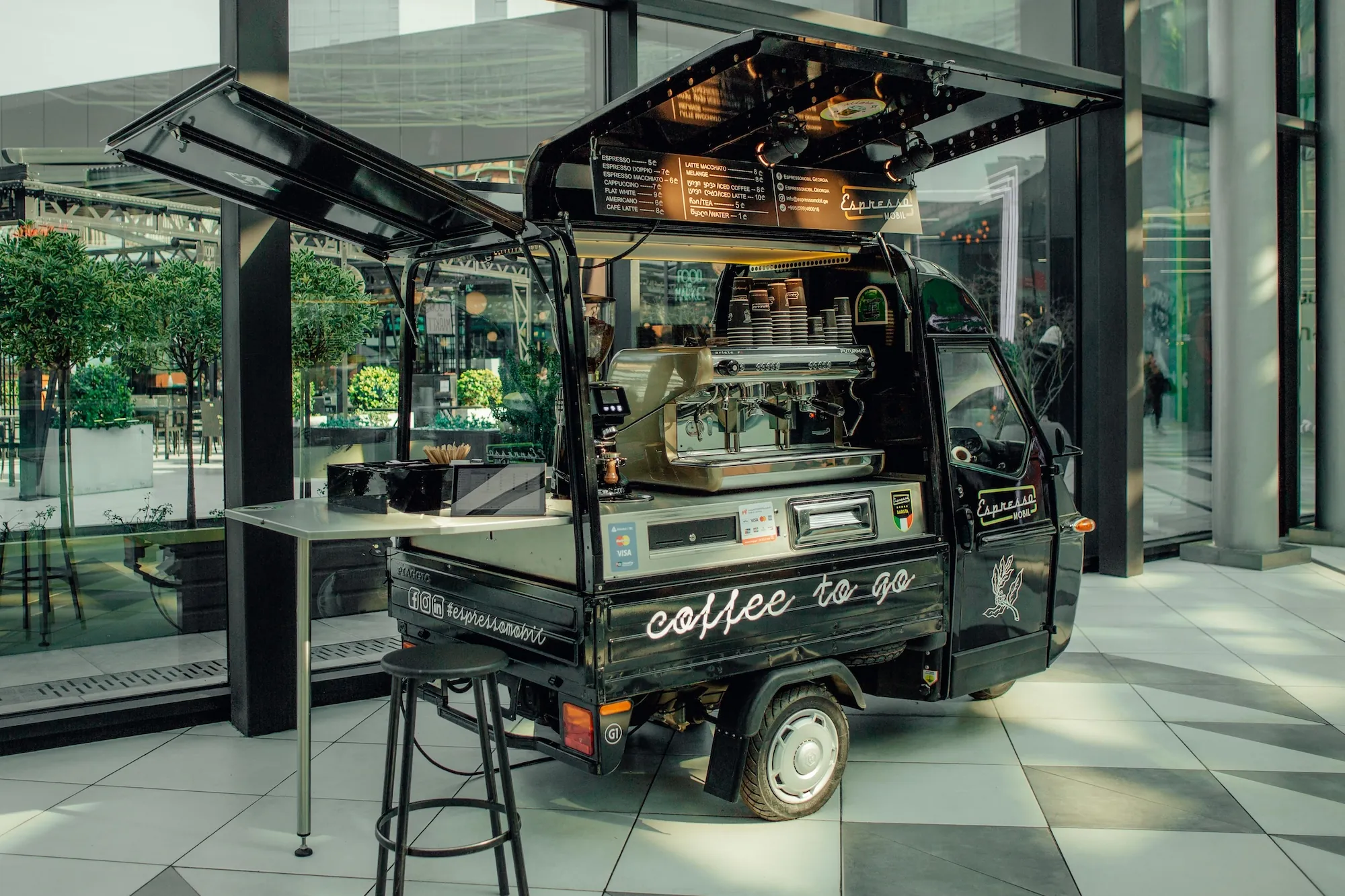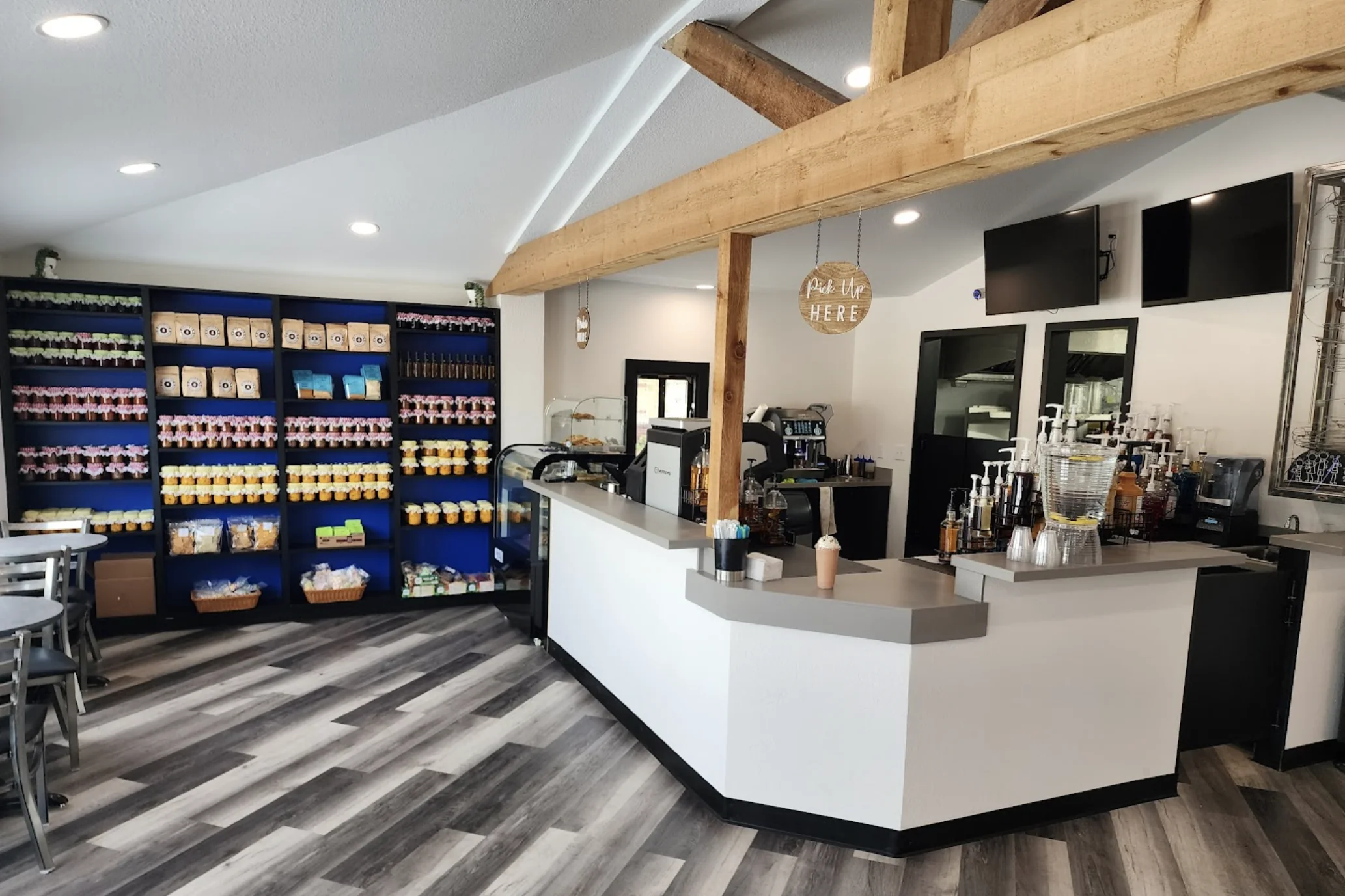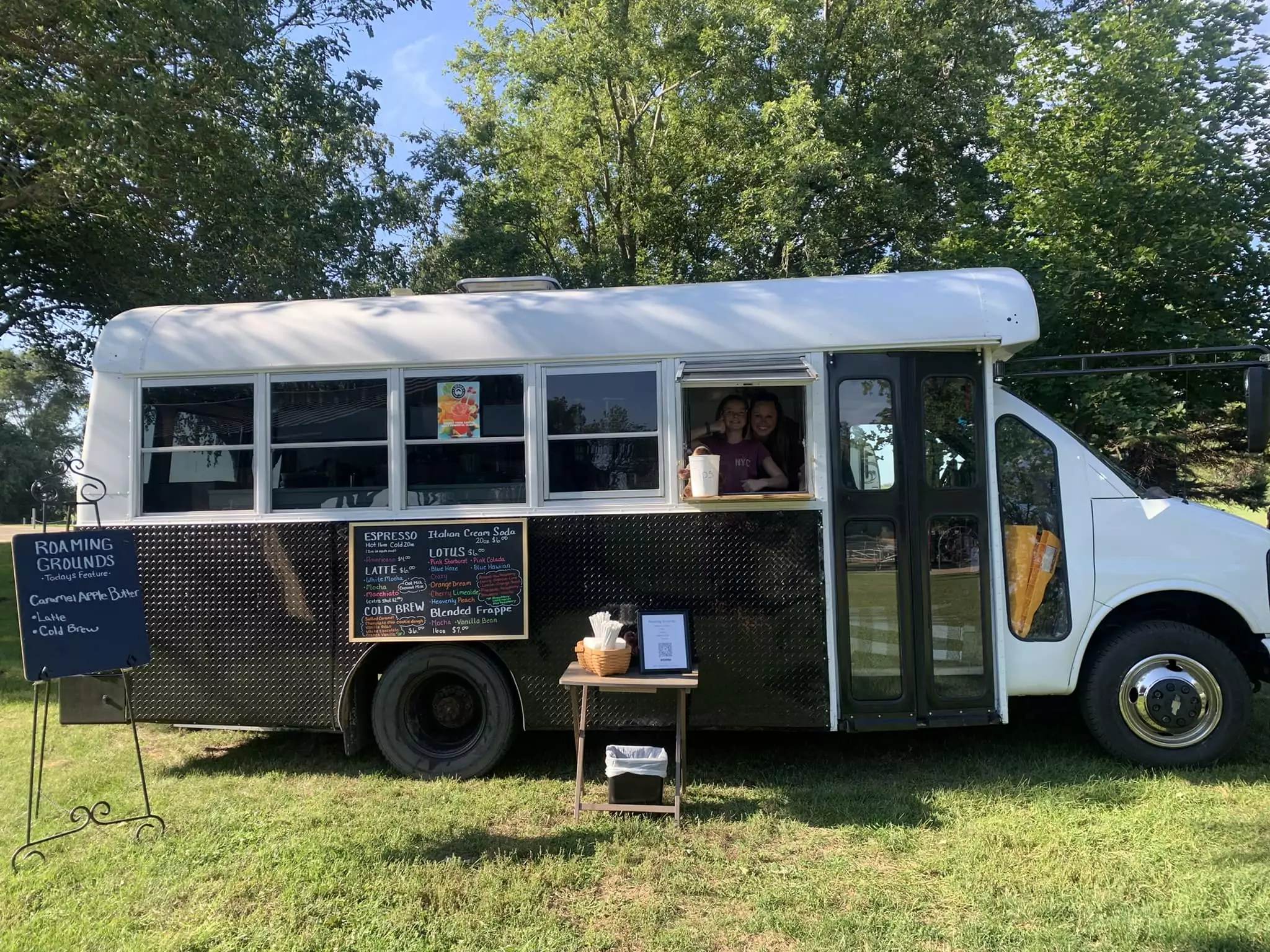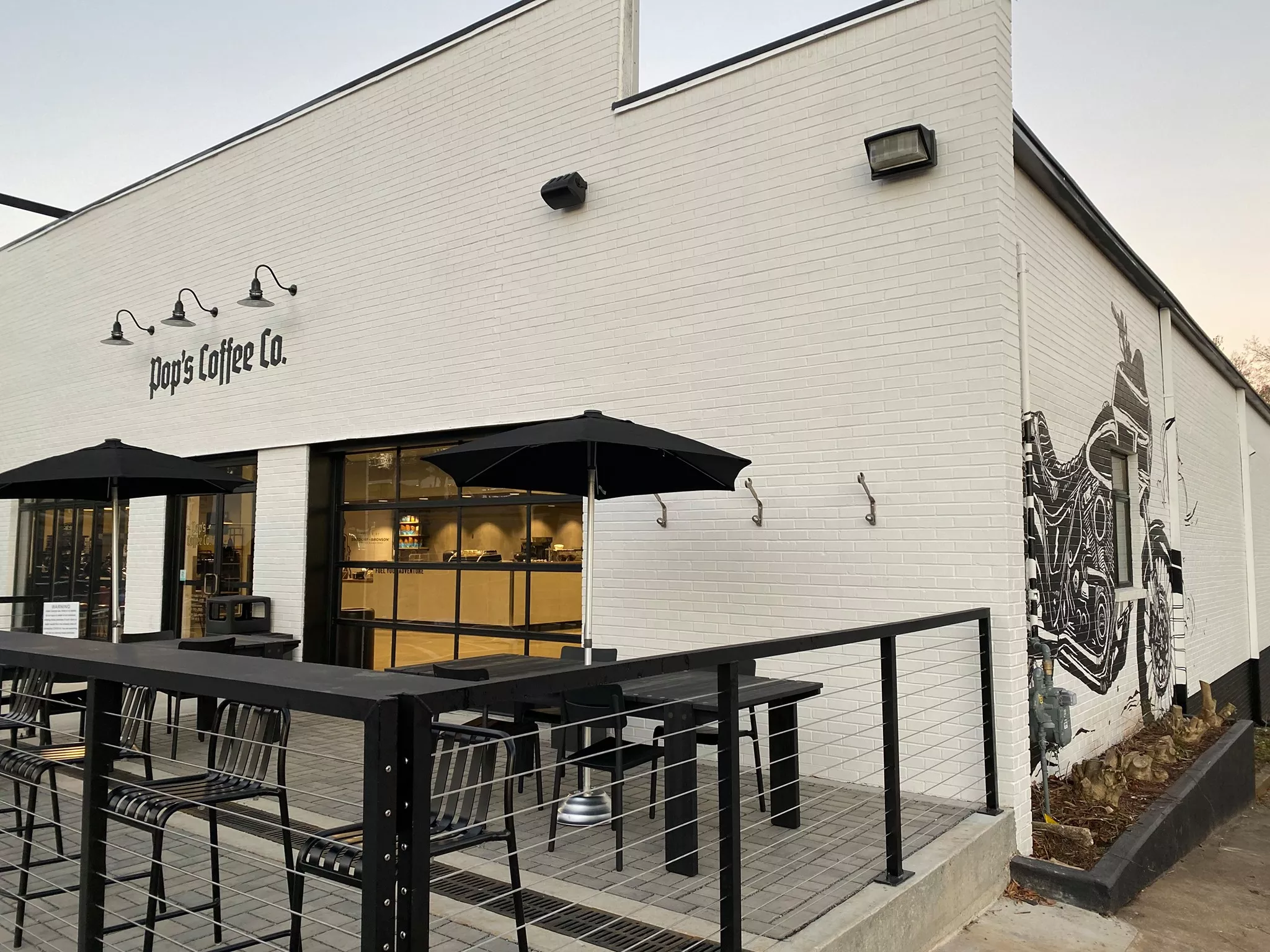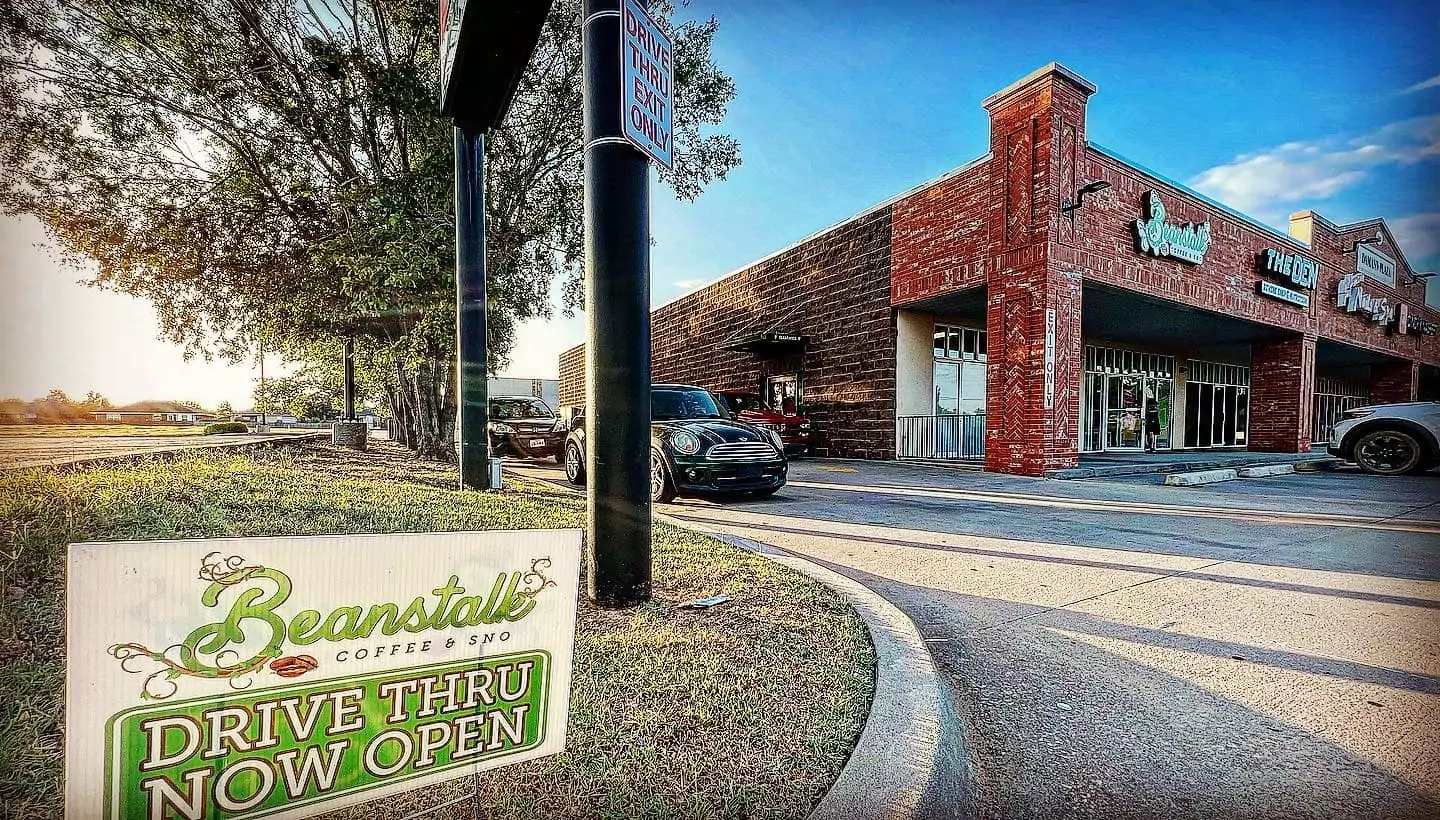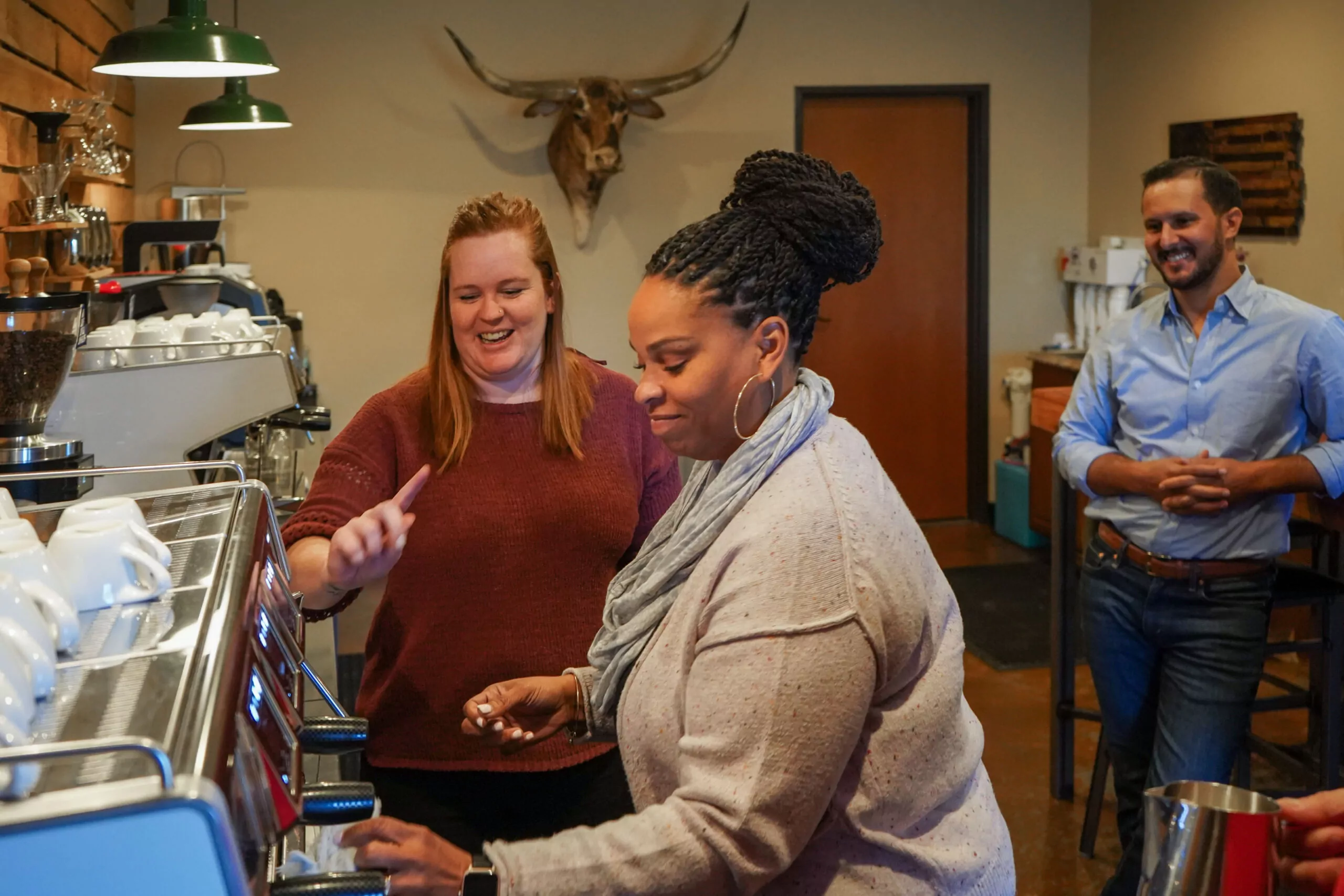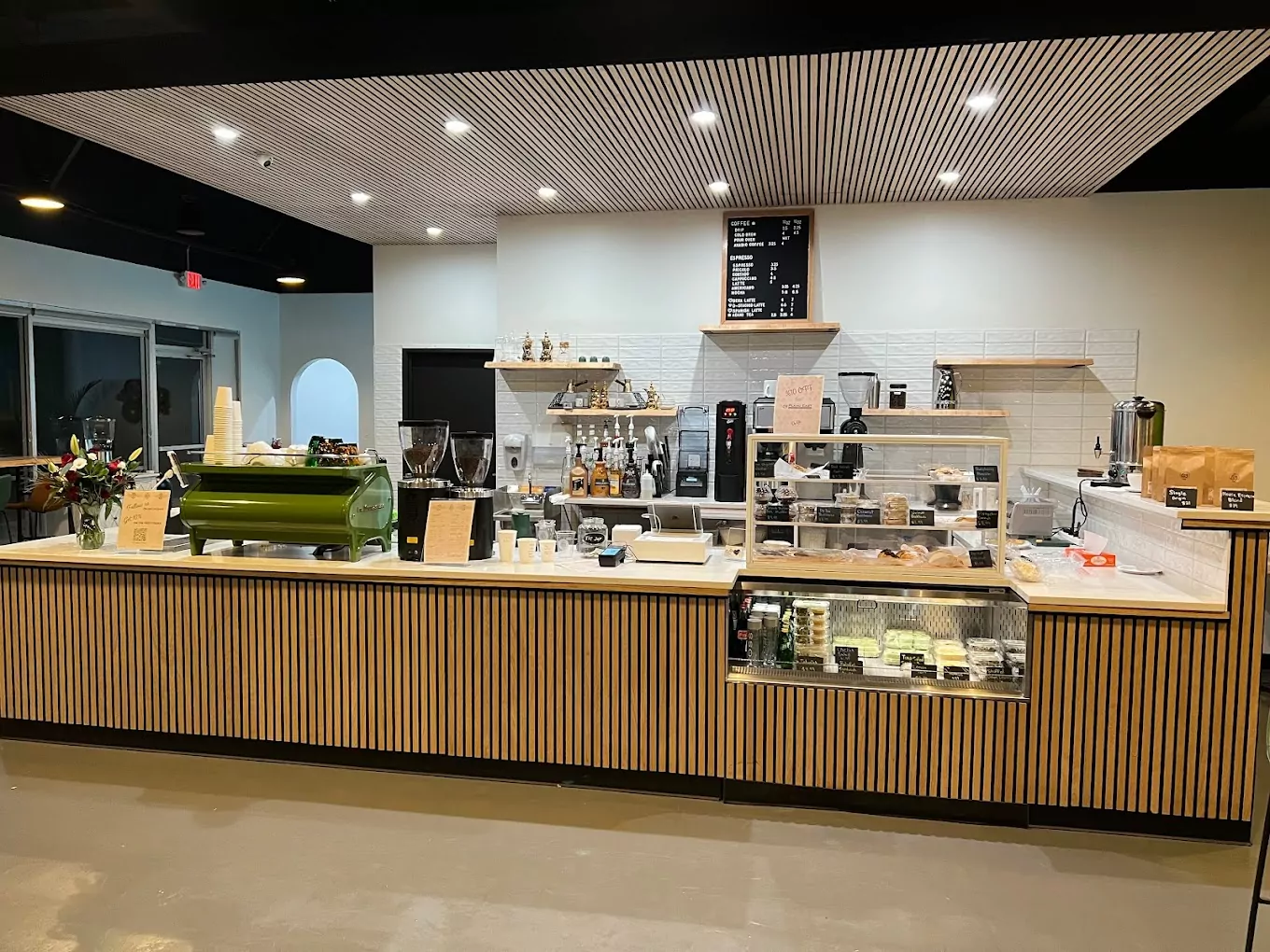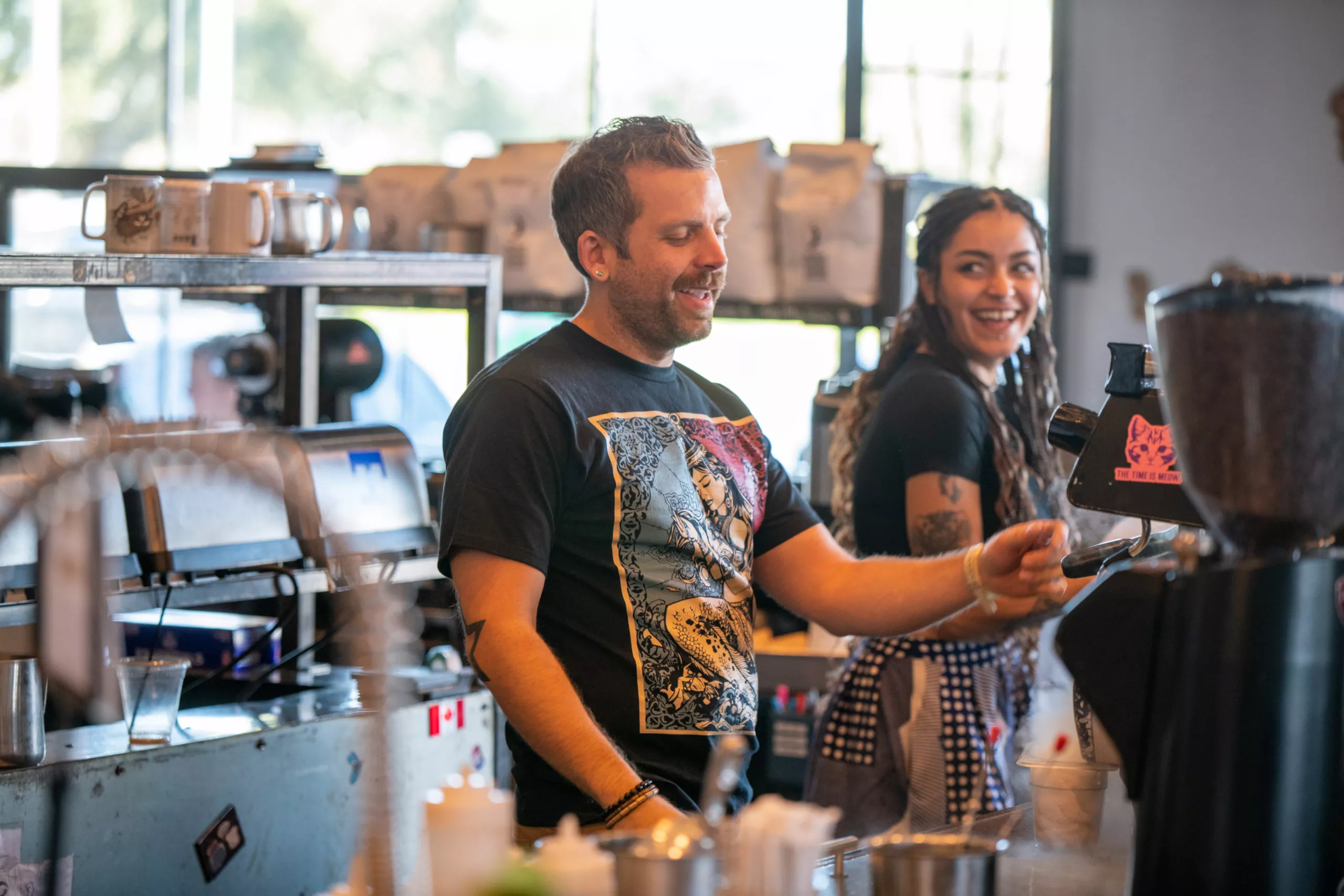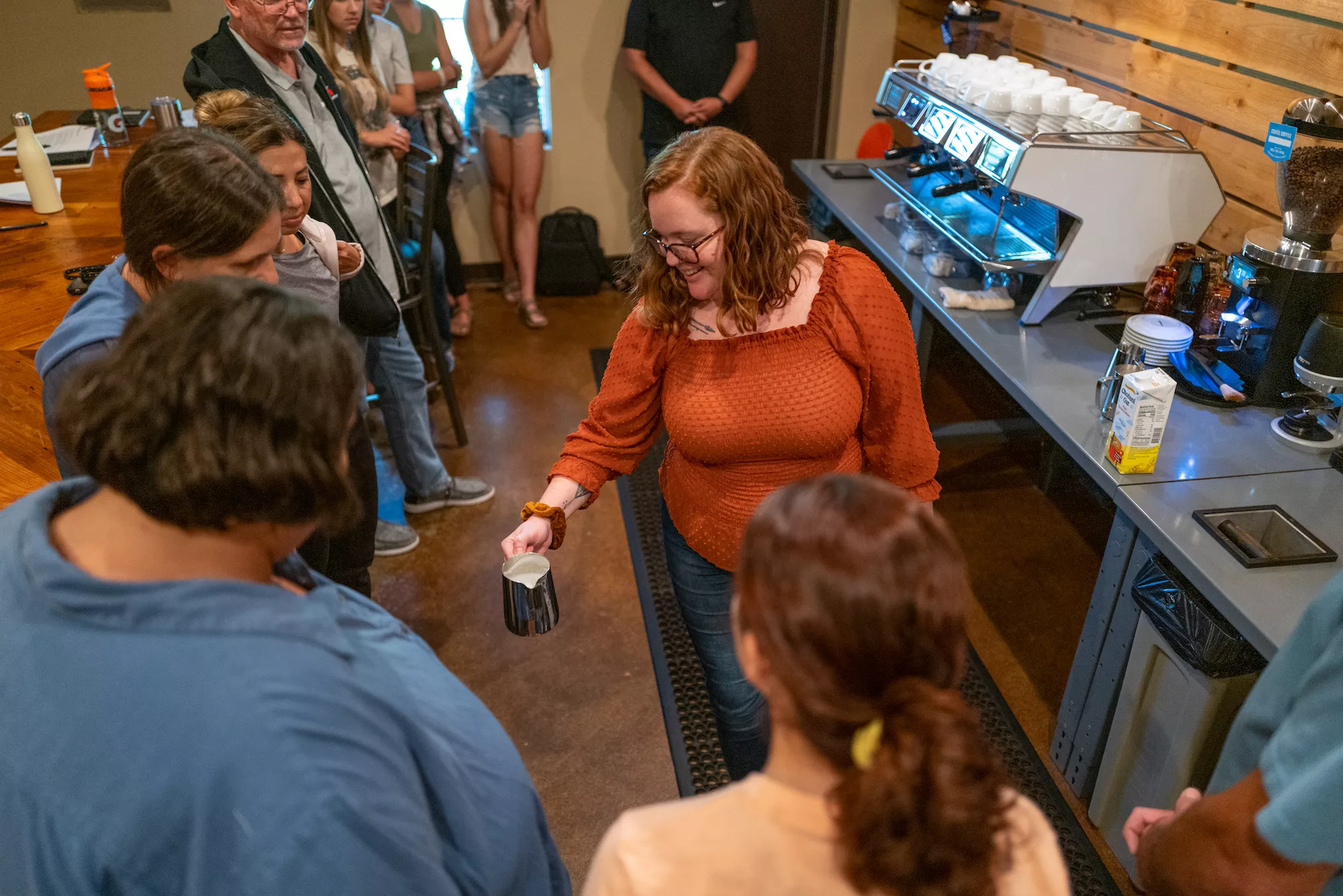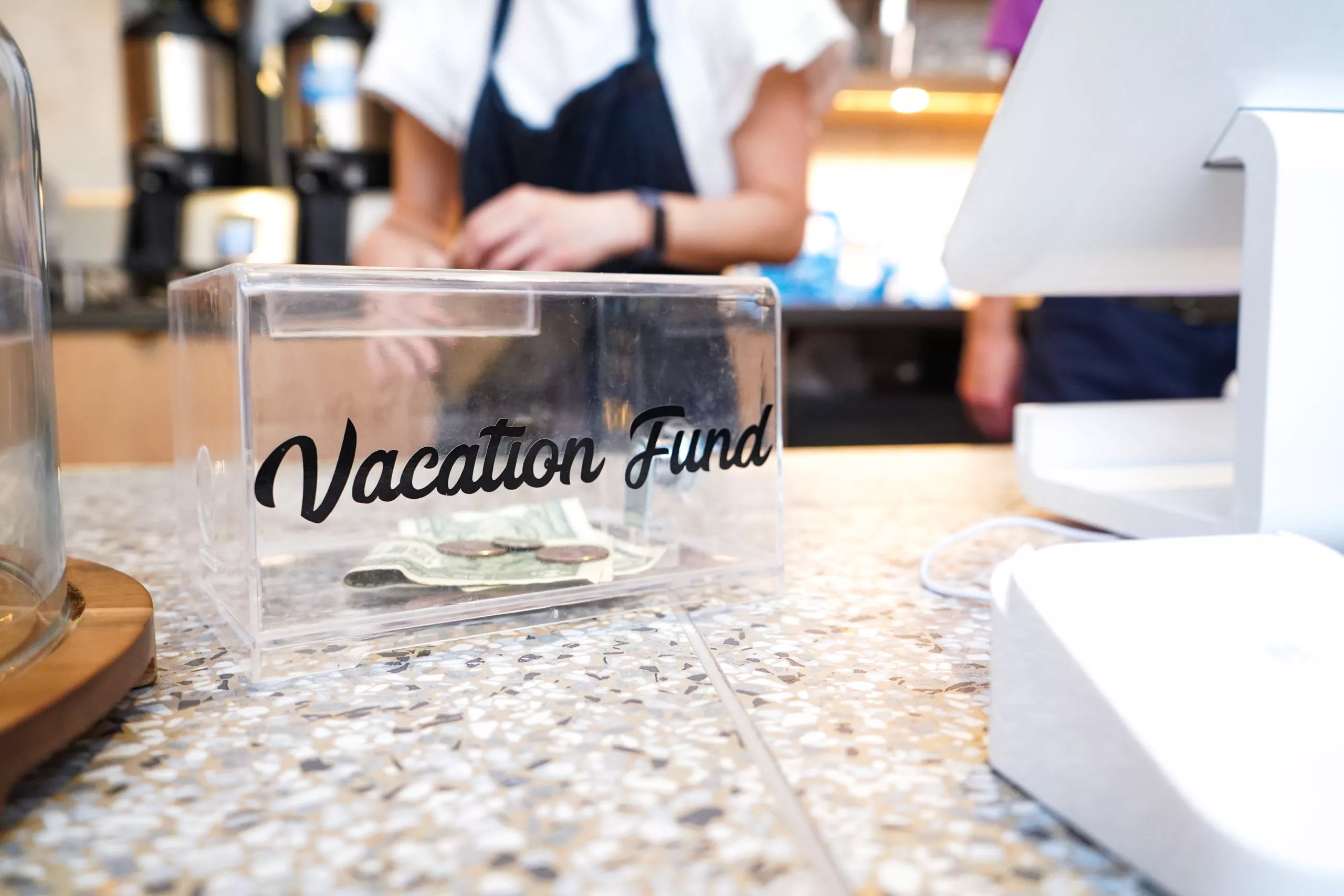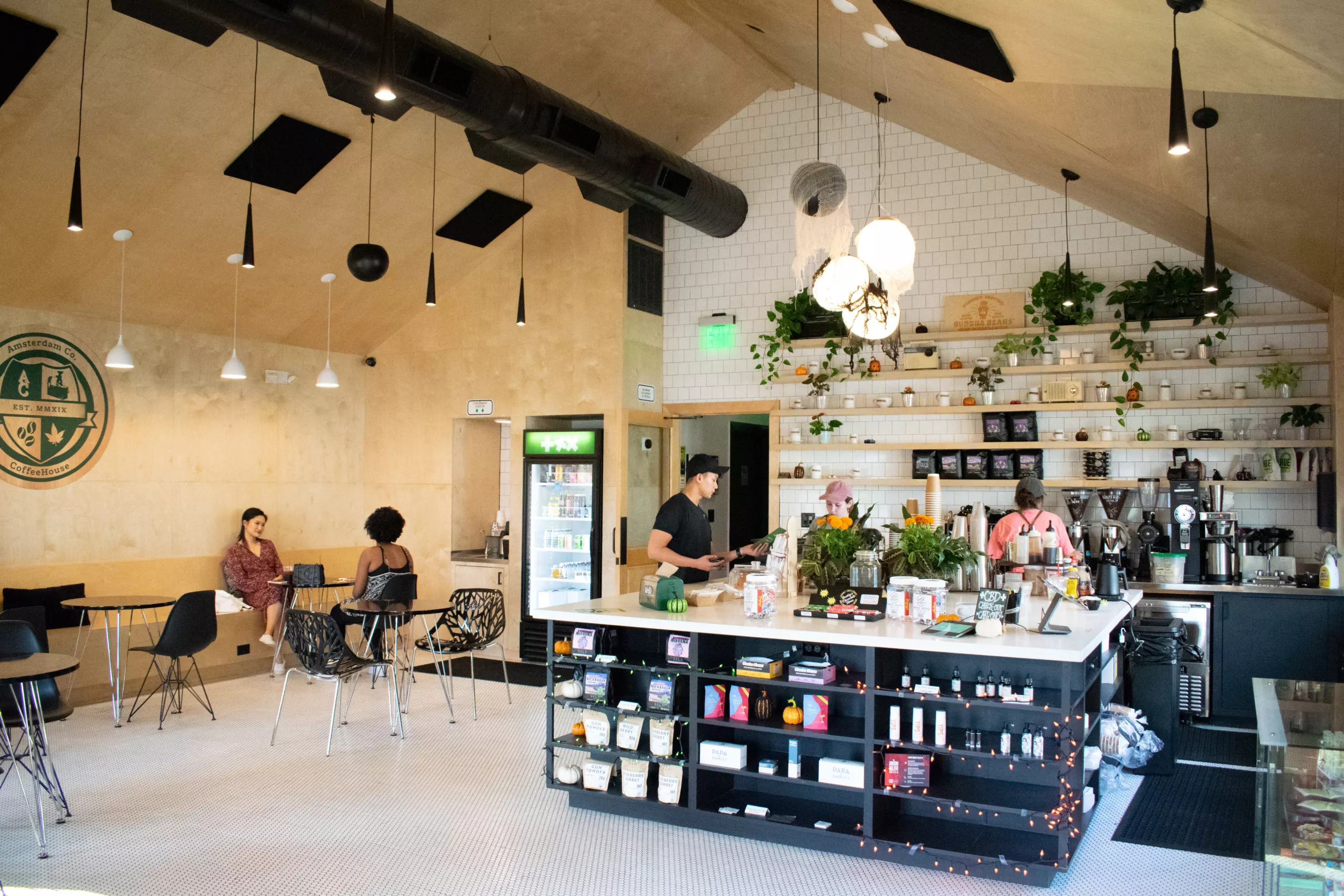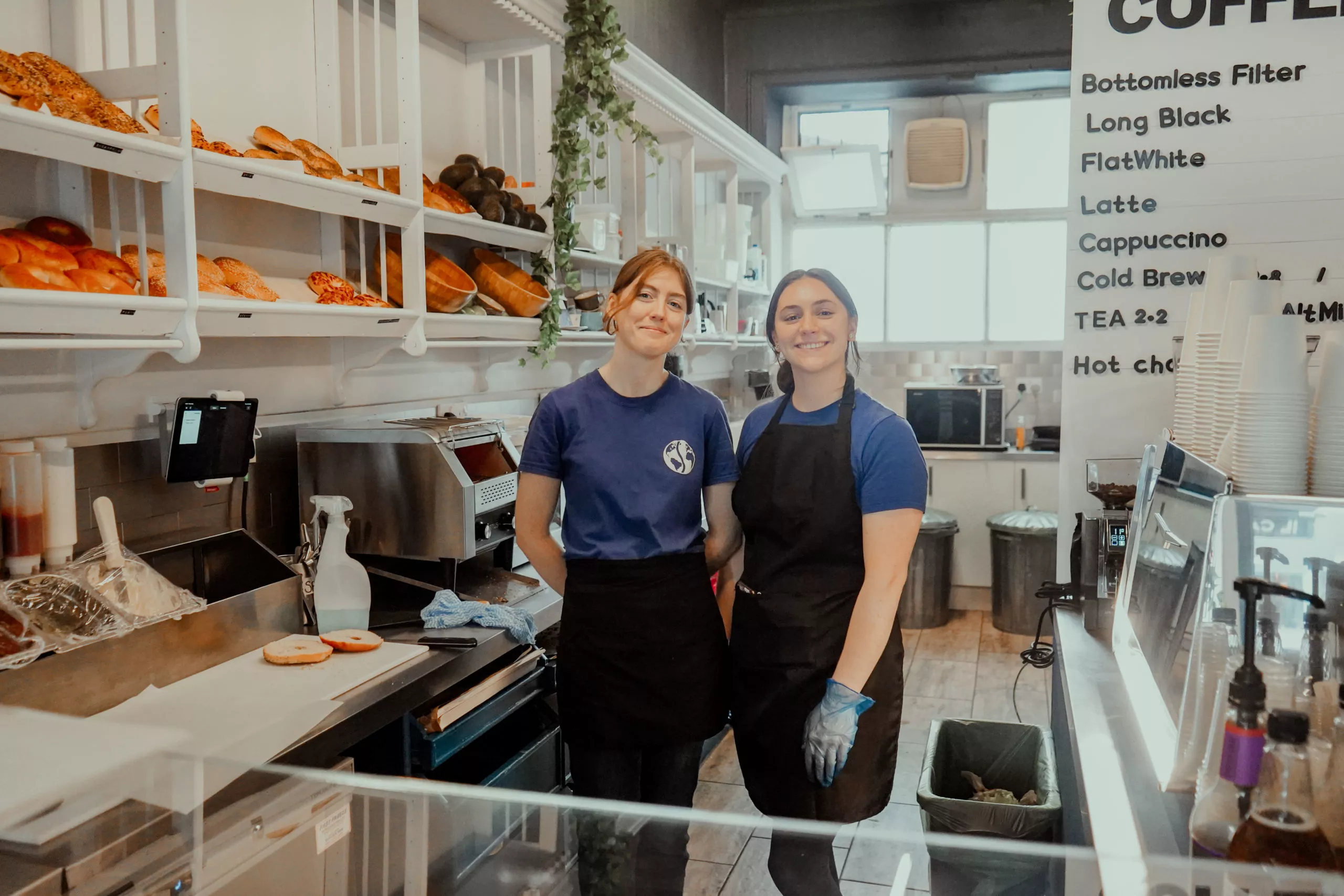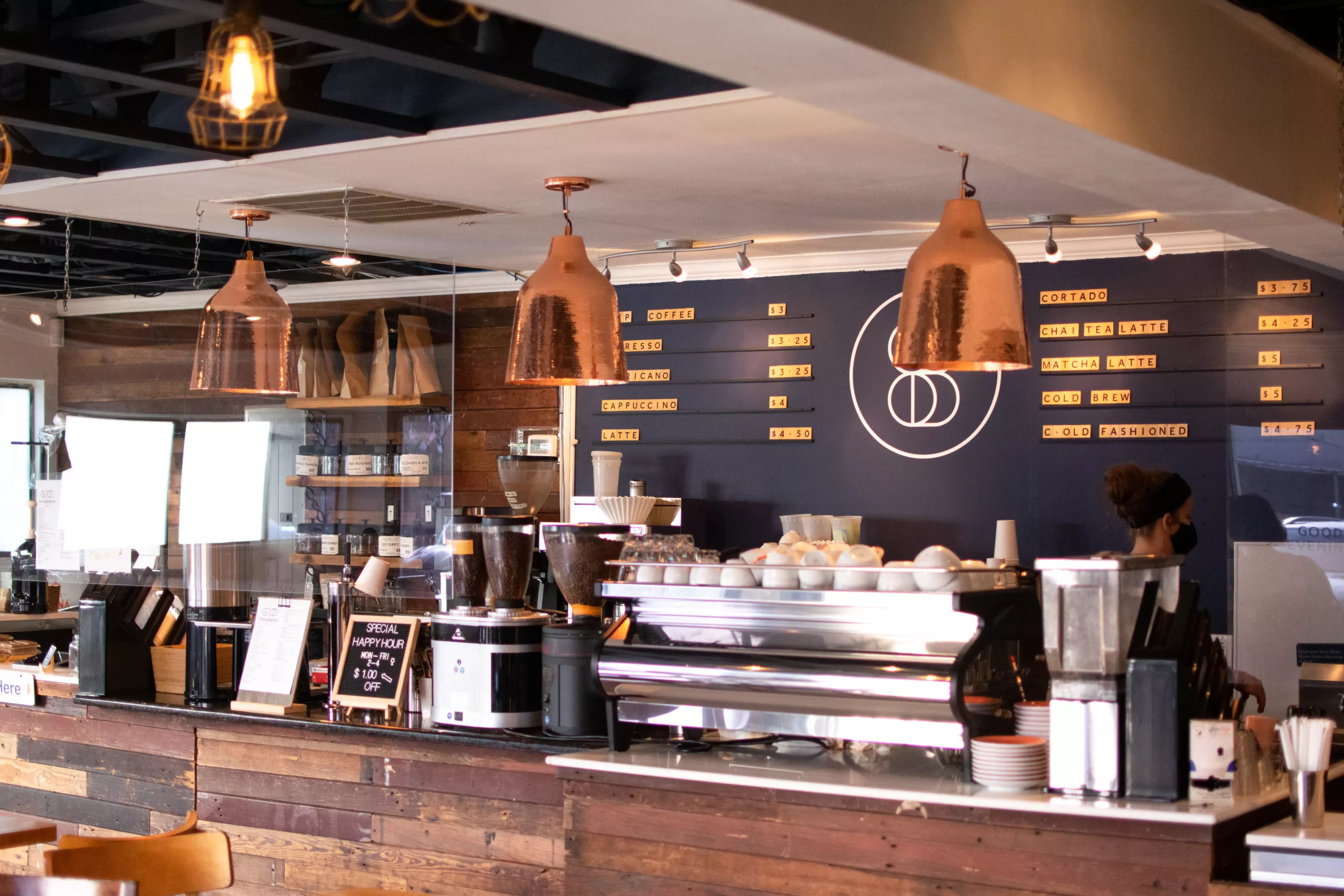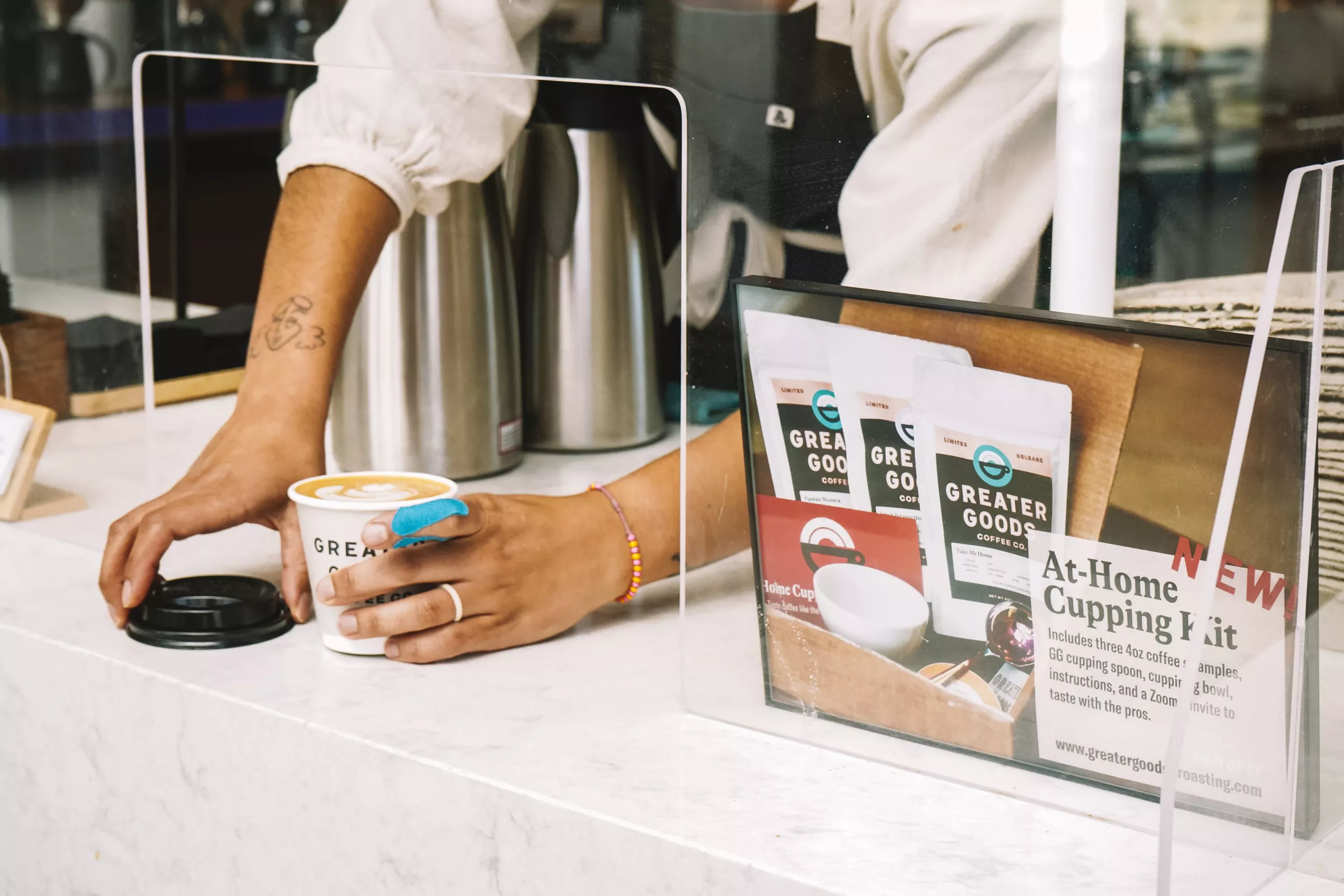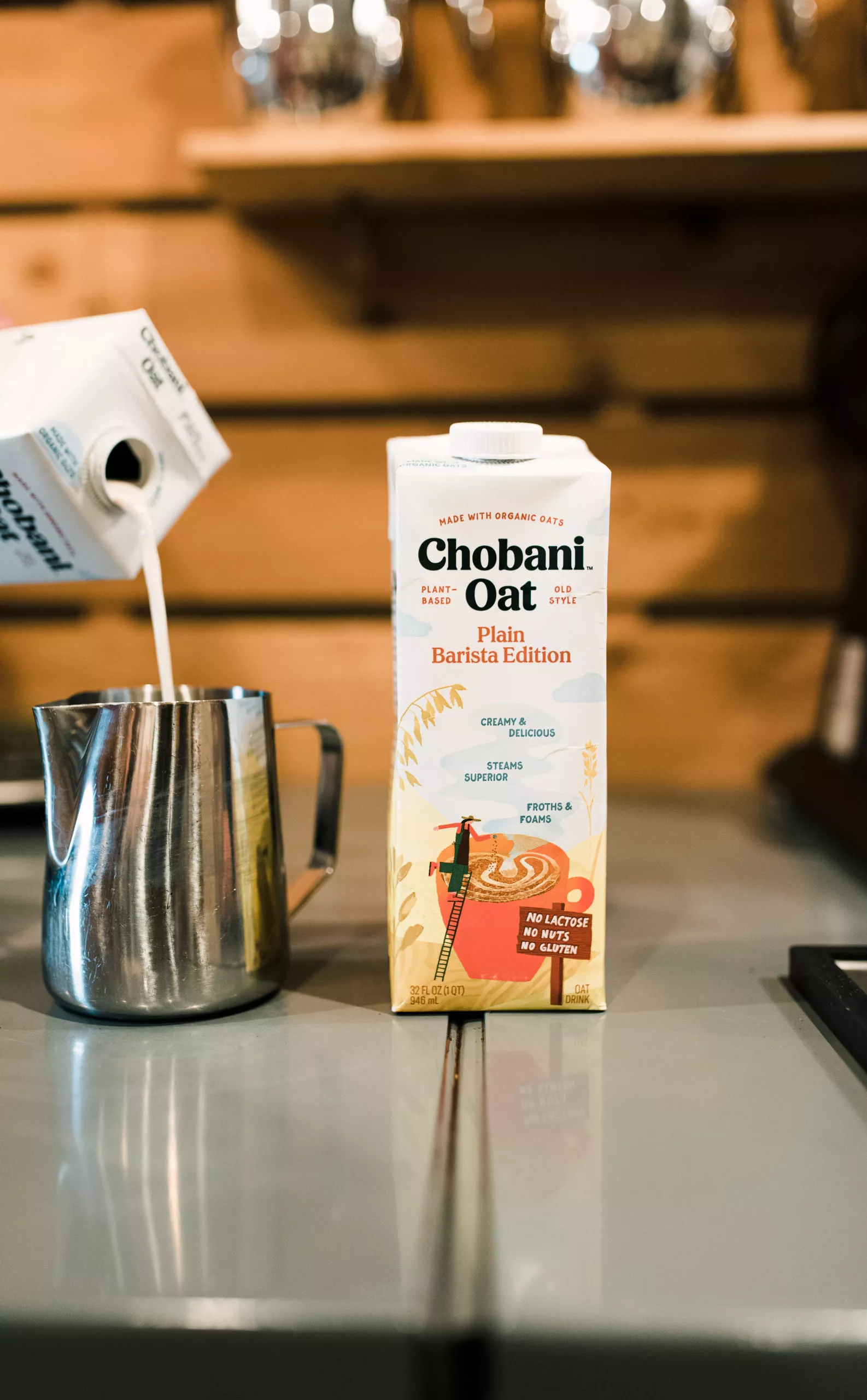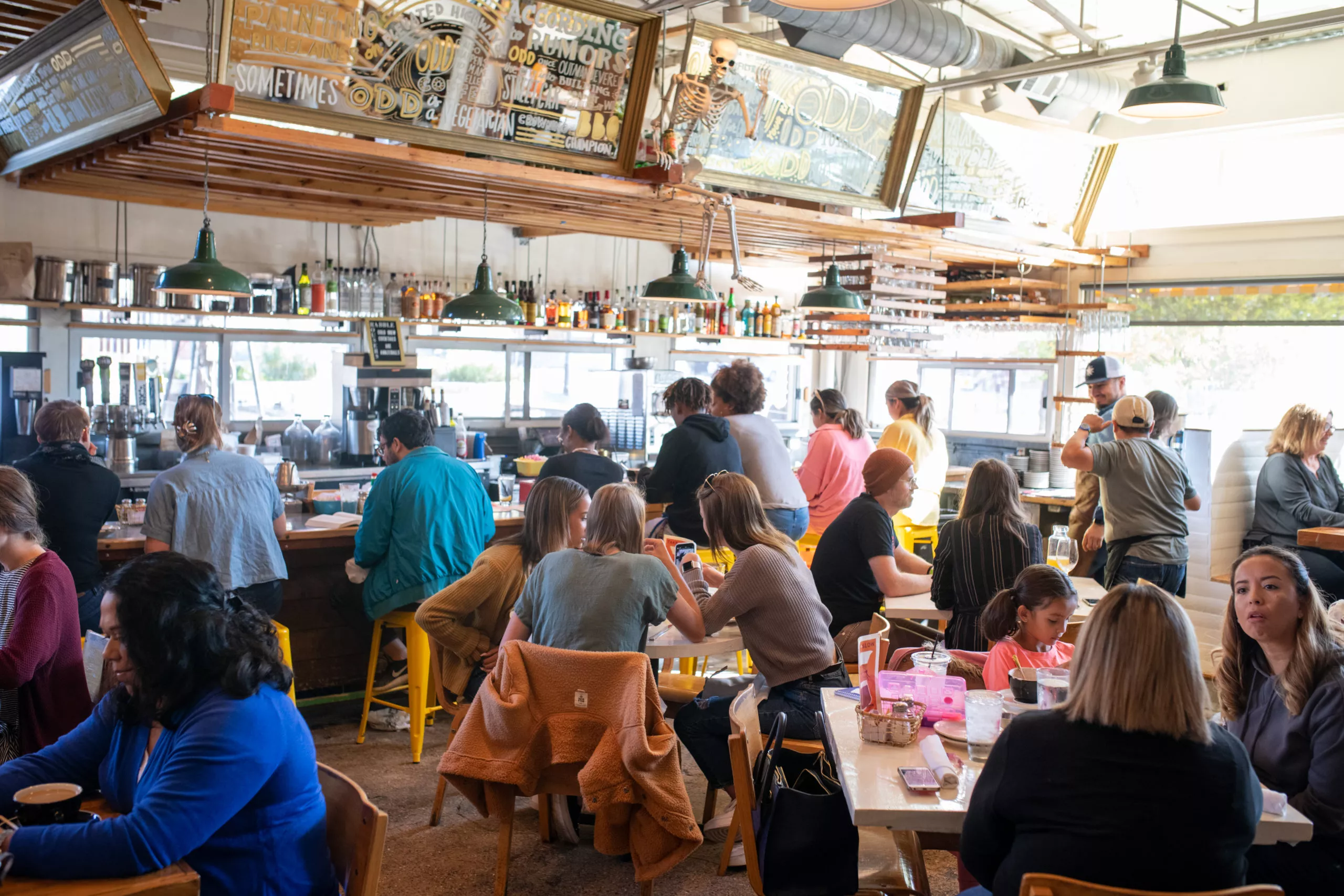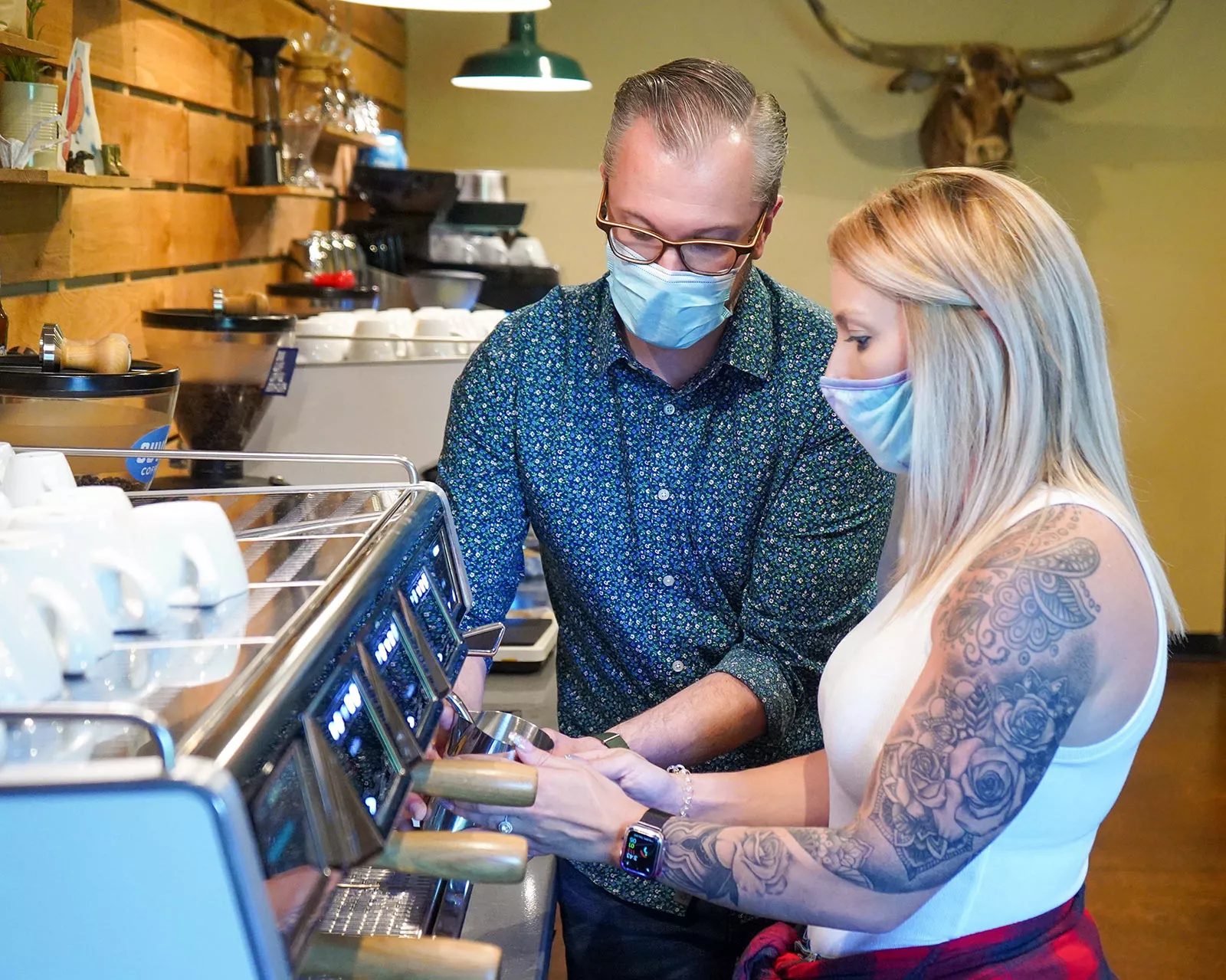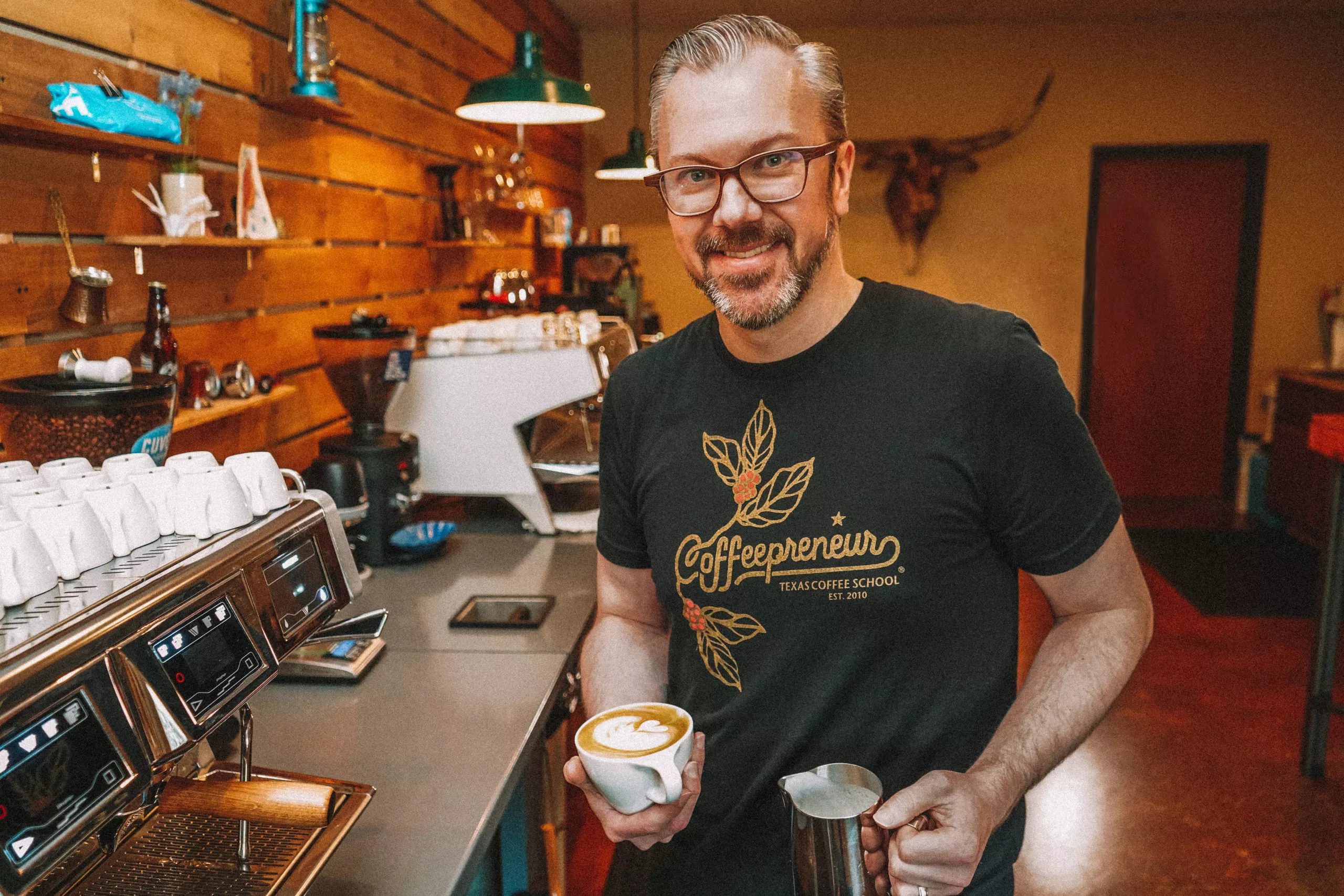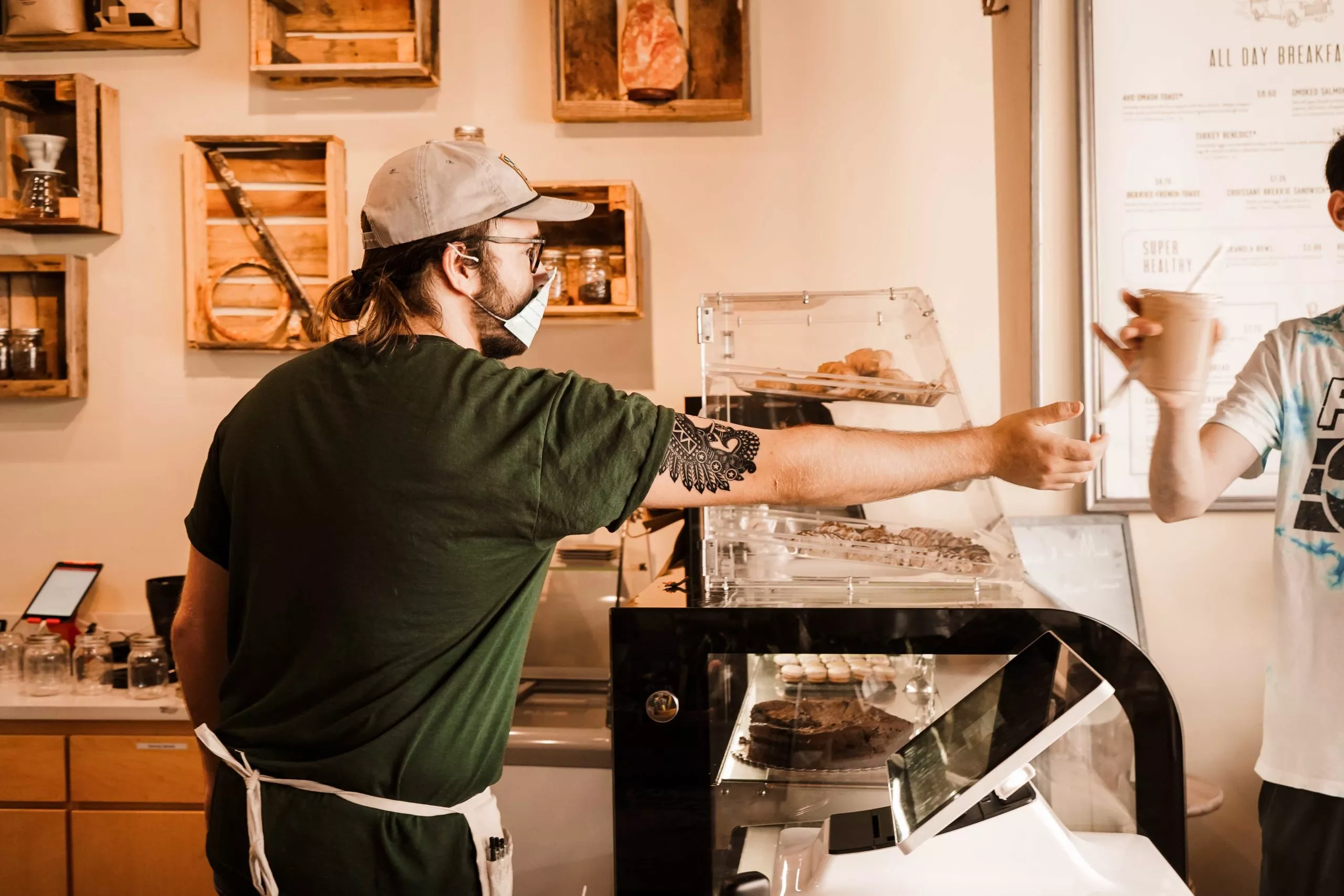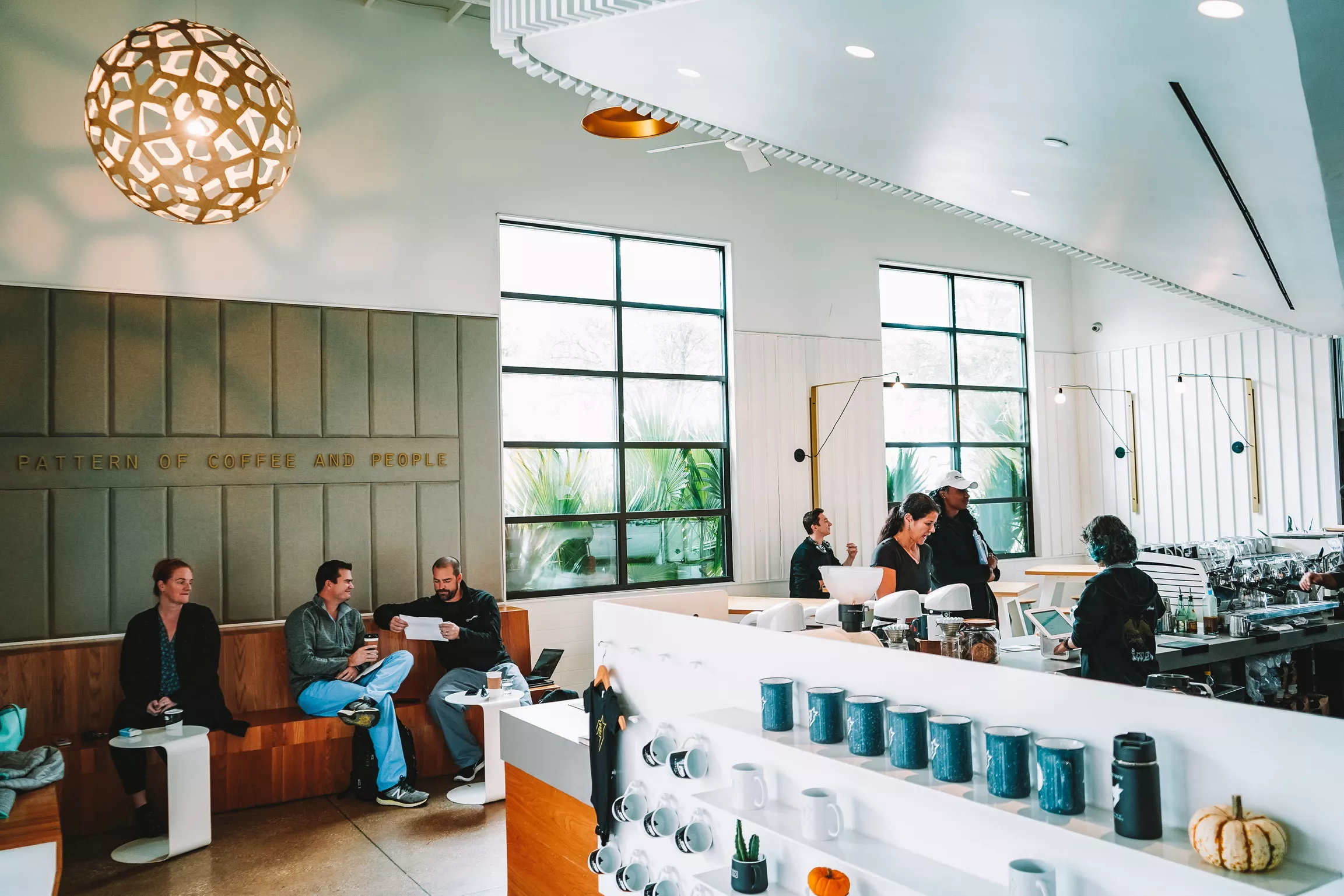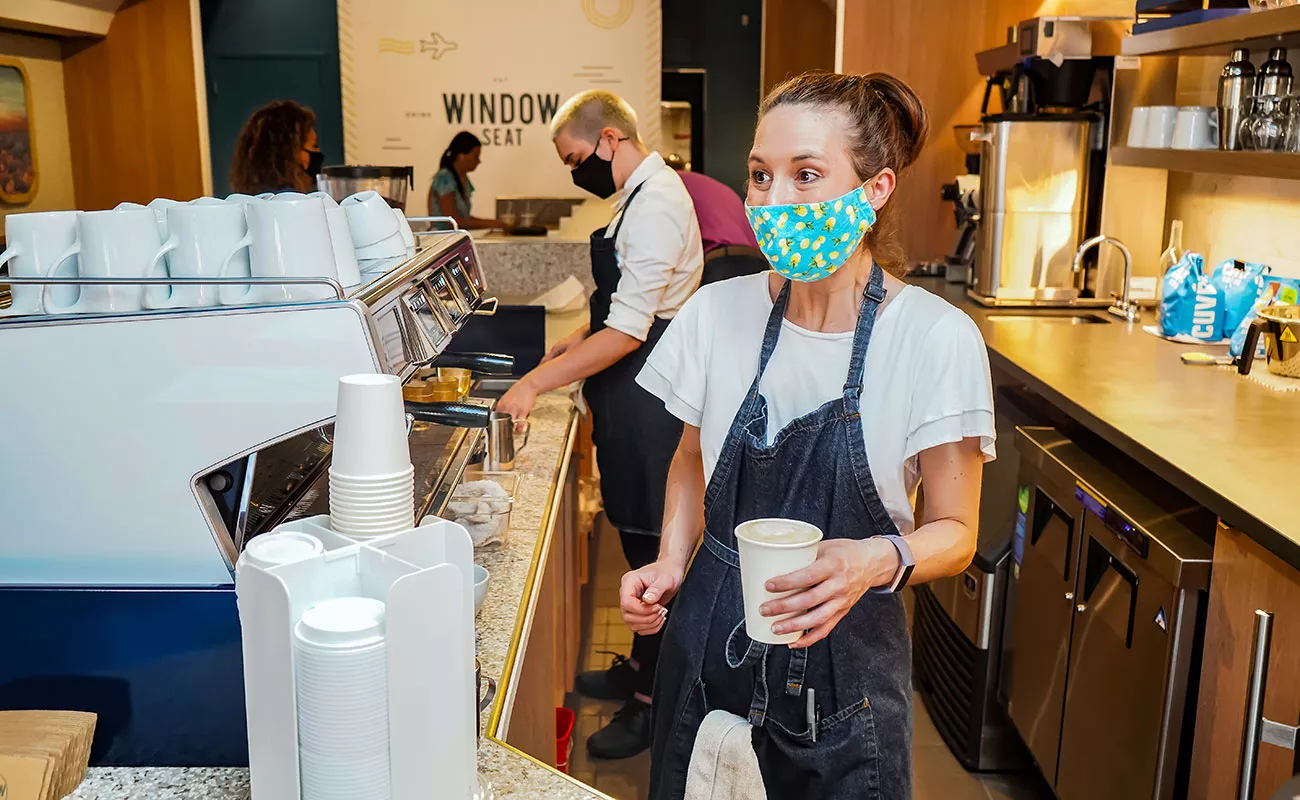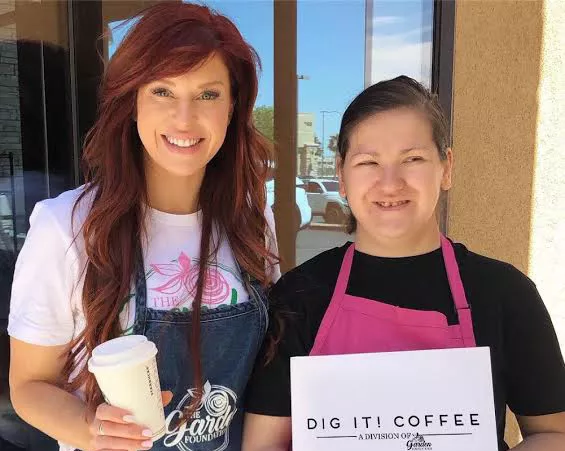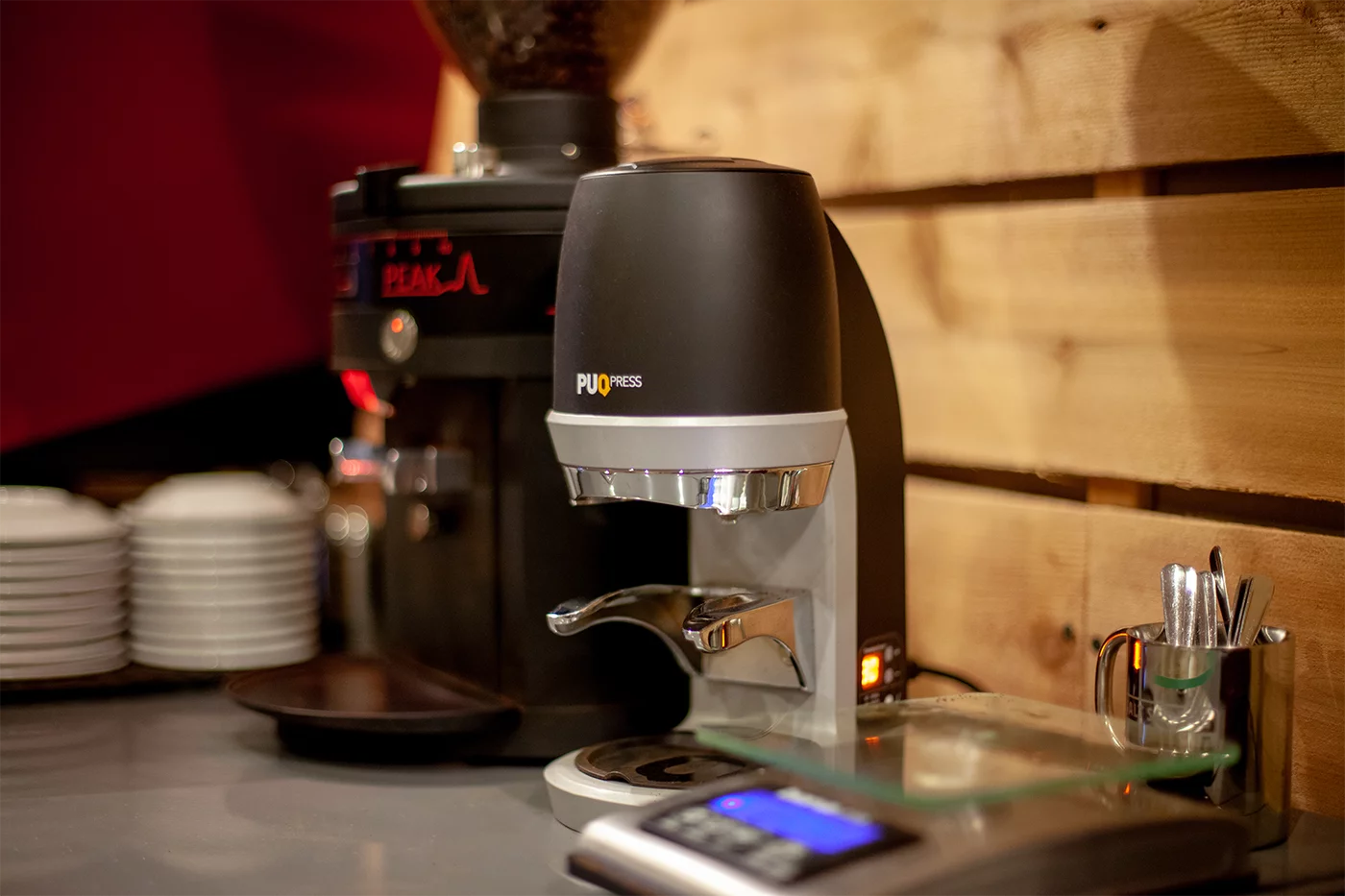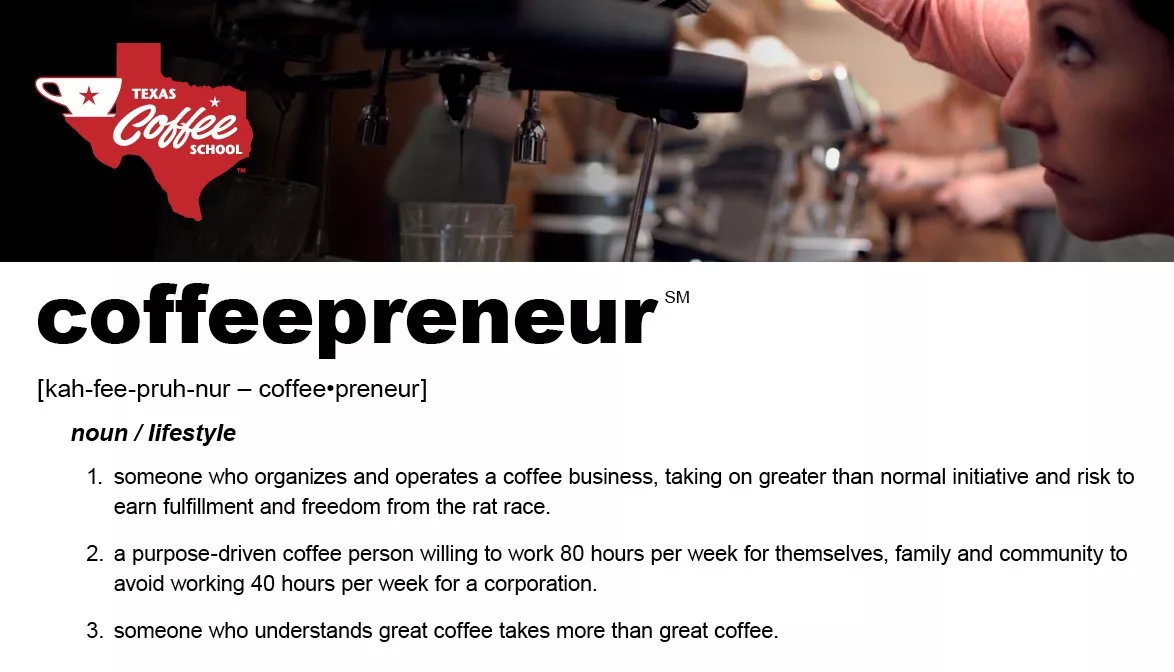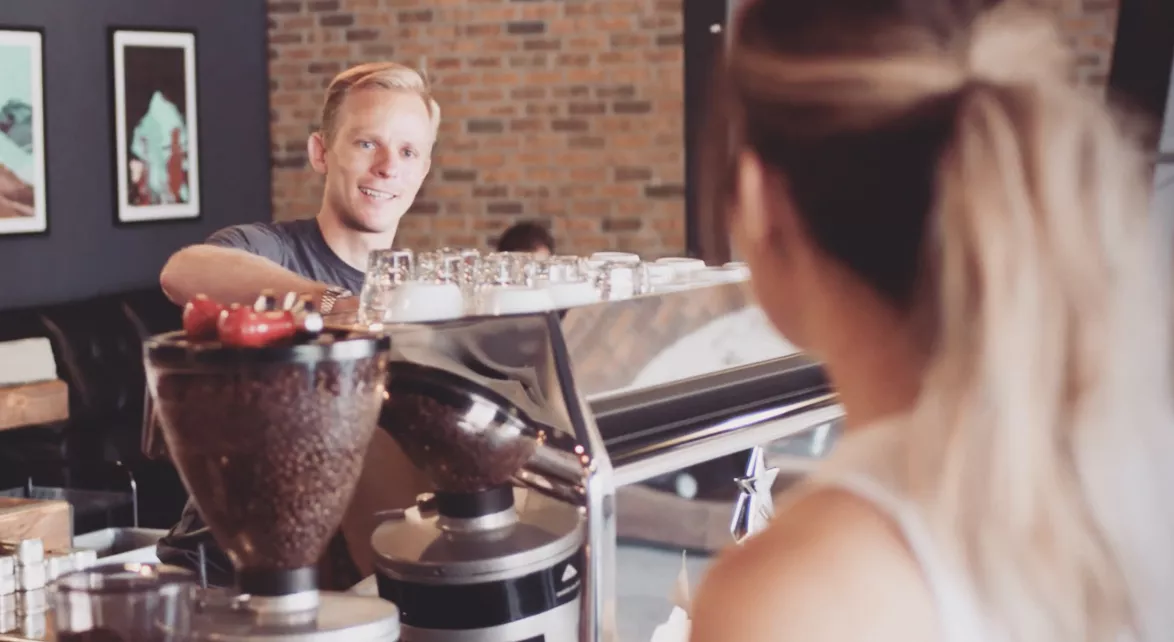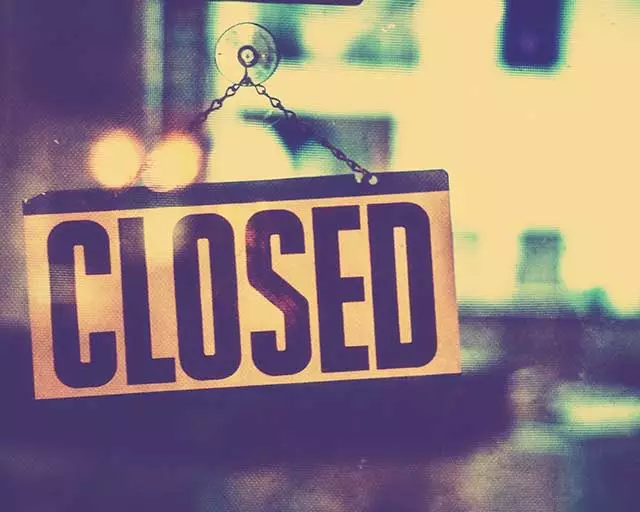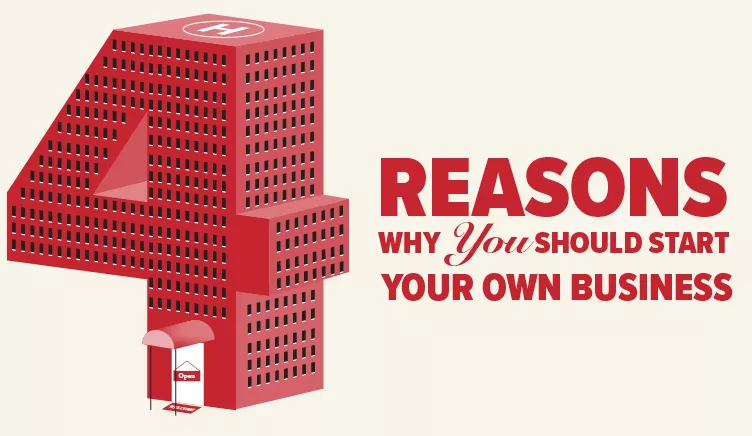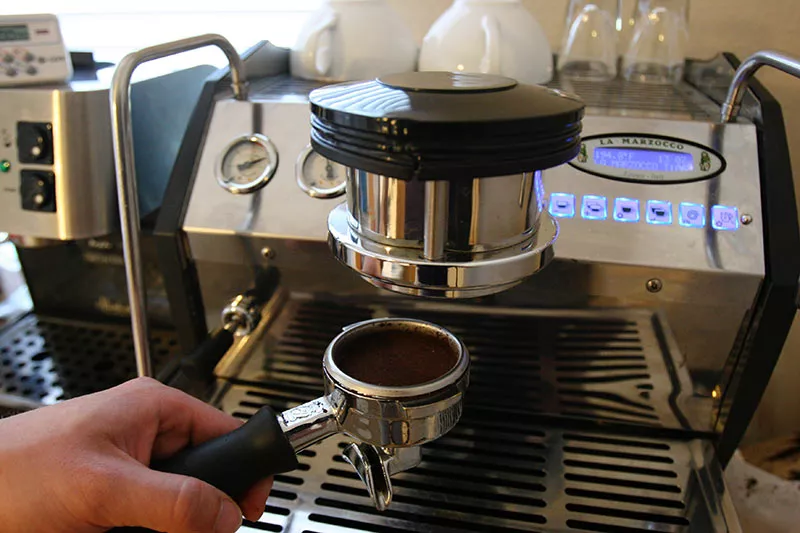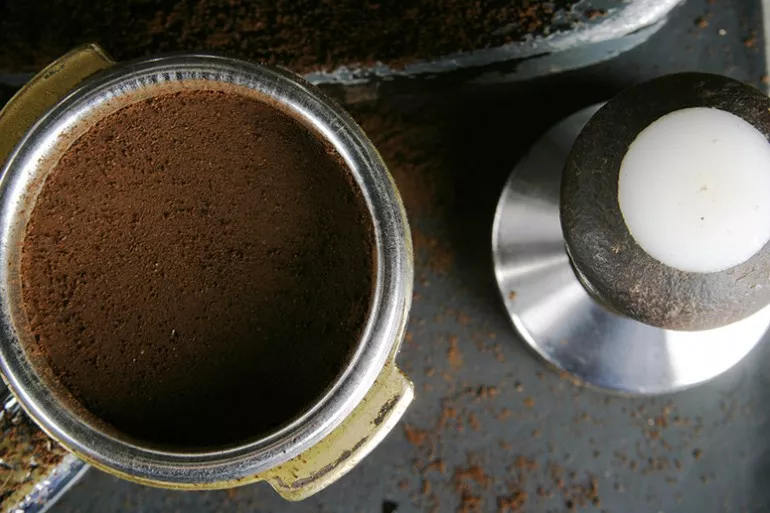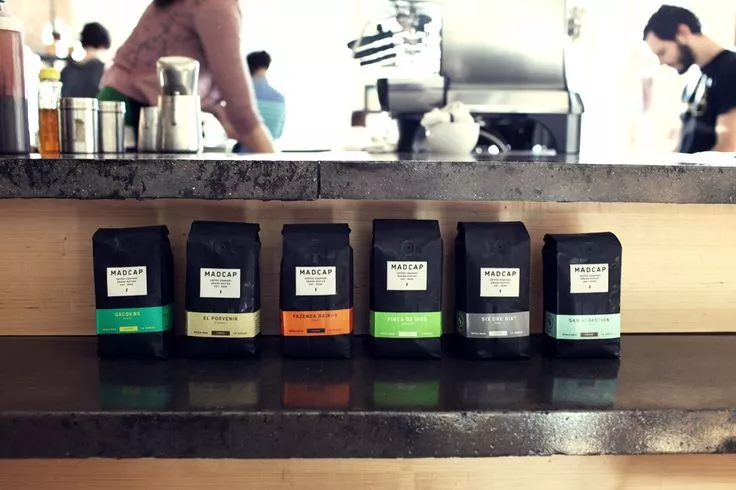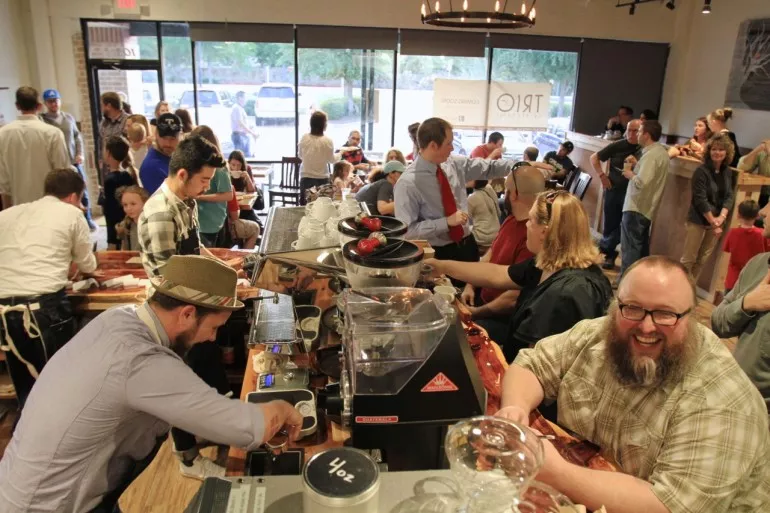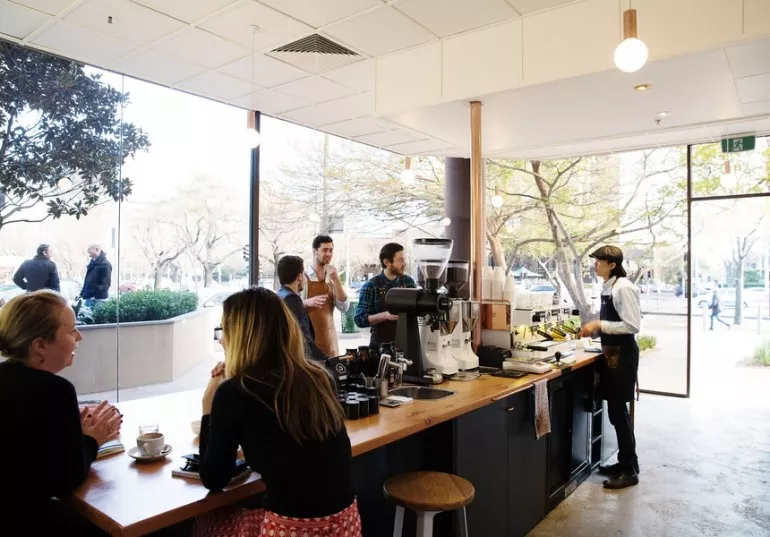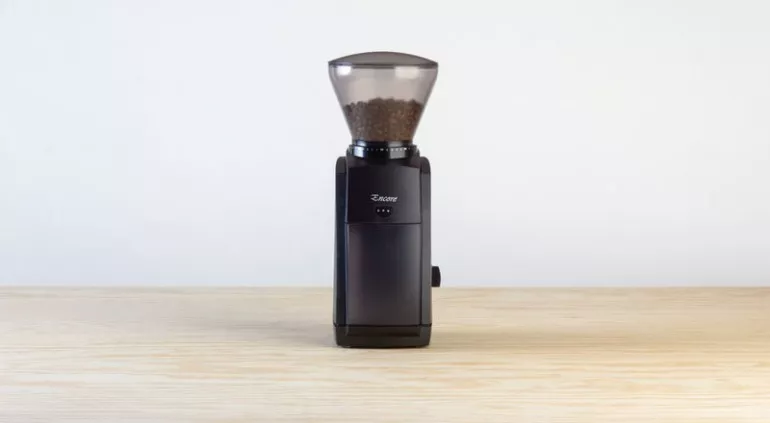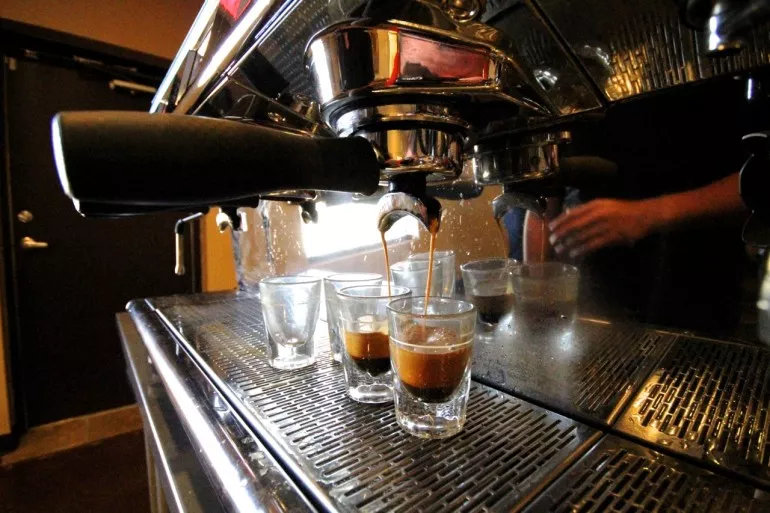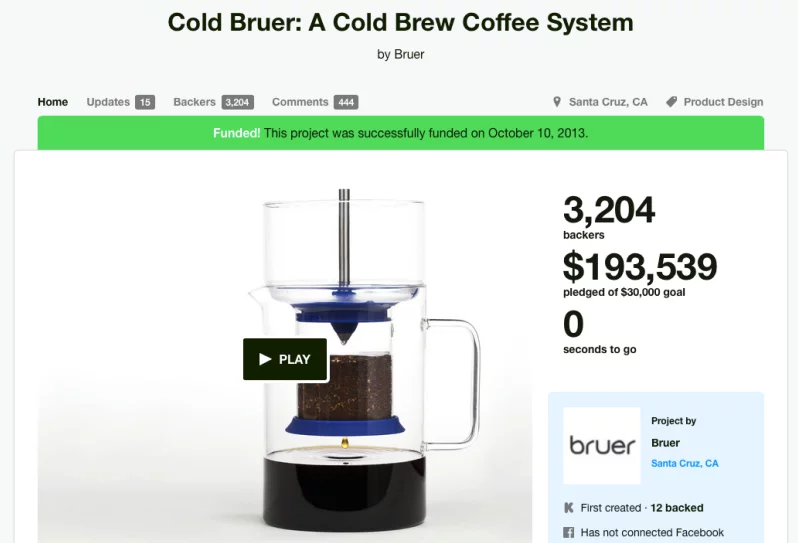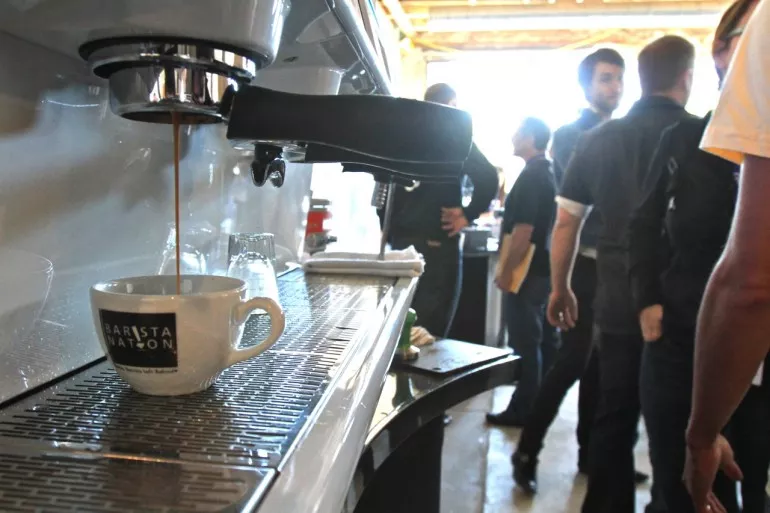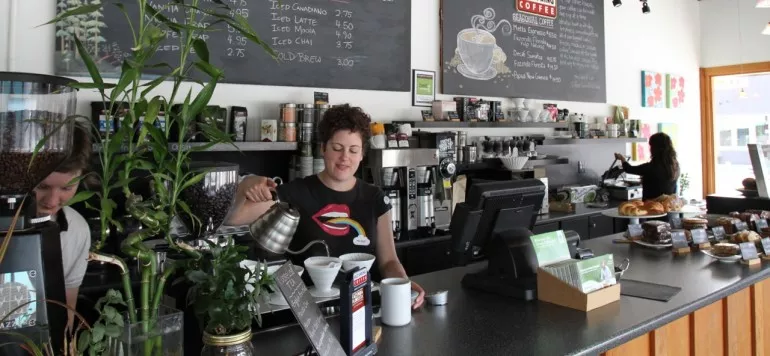
How to Write Your Coffee Shop Business Plan
Start a Coffee Shop
Learn a new skill. Travel somewhere new. Cook more. Spend less. Studies show that 41% of Americans will make New Year’s resolutions, but only 9% will keep them. If you’re a resolution person, why not go big and start making that coffee shop dream happen? The best way to achieve your goal—and not become a statistic—is by writing a coffee shop business plan.
Entrepreneurship isn’t promised to be easy, but the rewards can be tenfold. You get to be your own boss and figure out your “secret sauce.” But before you ever sign a lease or hire employees, it’s critical to start with a business plan. Here’s how.
Step 1: Create a Vision for Your Coffee Shop
One of the secrets to a successful coffee shop is having a unique business concept—the vision for your coffee shop that’s unlike any competitors in the area. Who is your key customer? Consider what they might want and need in a coffee shop. Discover where they live and work. Research what other businesses they shop at. And build a menu around what kinds of coffee they consume.
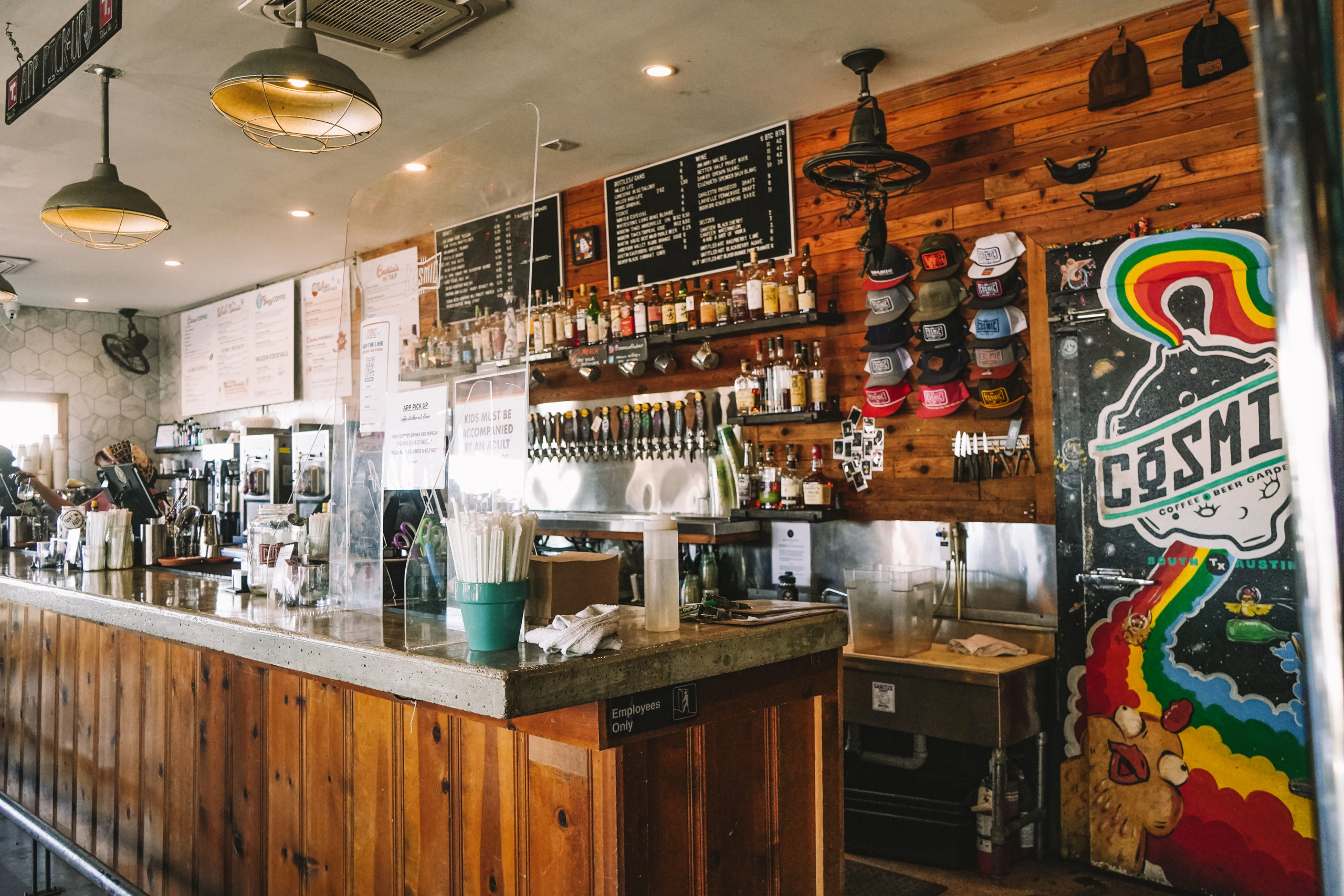

After identifying your target audience, you can build the concept. Texas Coffee School Coffeepreneurs® have created concepts around surfing, motorcycles, vinyl records, salon and aesthetic services, a nonprofit cause, and kindness. All of these businesses are successful because they cater to a niche audience. And they don’t waver from their “why”—the reason behind the original launch of the coffee shop.
Step 2: Consider Smart Coffee Business Strategies
10 years ago, a unique business concept plus great coffee might’ve been enough for a coffee shop to soar in popularity and collect profits. But the coffee market has grown and is expected to continue to grow by 6.34% every year. A new generation is on the rise. And the pandemic changed the way consumers buy their coffee. These days, a coffee shop must consider strategies for the future to succeed in the face of competition.
With that in mind, here are our top five business tips for coffee shops:
- Plan your finances. While this isn’t a new trend, we’re still advocating the importance of a 5 Year Financial Plan, which goes hand in hand with your business plan. This involves anticipating the amount of your investment, monthly expenses, annual sales, and ROI timeline.
- Create a functional floor plan and even a drive thru. If your cafe’s interior is cramped, it slows drink orders and customer wait time. Optimal storage, seating, and workstations can help improve efficiency. And the need for contactless ordering during Covid has lingered, as some customers prefer to stay in their car or order coffee from their phone. A drive thru, walk-up window, or curbside pick-up option might appeal to more coffee drinkers.
- Dial in operations. When a team of baristas operates like a fine-tuned machine, you—the owner—are free to manage high-level aspects of the business and find opportunities to improve and innovate. But if you take it upon yourself to train every new employee, hover over the workstation, or empty the trash at the end of the day, you’ll quickly burn out. And that can impact the success of your shop.
- Stay on top of coffee shop trends. Gen Z is buying more coffee, social media short-form video content is king, and cause-oriented brands stand out. While trends can come and go, it’s important to keep an ear to the ground and identify which cultural shifts might be here to stay.
- Try a hybrid business model. Put simply, more profits = increasing the number of transactions + increasing the dollar amount of the average transaction. You can achieve that with a second revenue stream, or what we call a “hybrid” business model. This might include also selling alcohol, flowers, or vehicle maintenance—whatever gets customers in the door to spend more money.


Step 3: Write Your Coffee Shop Business Plan
Now that you’ve clarified your vision and a few key business strategies, it’s time to write your coffee shop business plan! This document will help you put pen to paper on how the business will work. It can be shown to potential investors and referenced for years to come. There are seven essential elements of the plan that we recommend to coffee shop business owners.

1. Executive Summary
This first section—the introduction to your business plan—will summarize the plan in less than two pages. It might include goals, objectives, the market gap, the concept, and what stakeholders could gain from your idea.
Although it feels counterintuitive, it might help to write this part last. Once you’ve filled in all the details below, you’ll be better able to paint a high-level perspective.
2. Company Summary
Think of the company summary as what appears on your Google Maps listing and website “About” page. It should include your business name, owners’ names, location, mission and vision, company history, and unique business concept that you identified in Step 1 above.
3. Management Team Overview
Here, you’ll share who’s on the team to make the business happen. With the goal of presenting a capable managerial team to any stakeholders, you can include each team member’s background, experience, and accomplishments.
4. Product and Customer Targeting Strategy
For this section, you can refer again to Step 1 above—the group of people you identified as your target audience and how you plan to reach them. Things like your marketing, menu, and location can make or break your ability to reach these customers. So it’s critical to prove that you know how to bring people through your doors.
5. Store Design Ideas, Equipment Choices, and User Experience
Now that you’re getting into the atmosphere of your coffee shop, you can reference the strategies in Step 2 above. A floor plan and any contactless service options, secondary revenue streams, and trending menu items will help convey what your cafe will look and feel like. Stakeholders will start getting excited to see it in real life!
6. Proposed Location and Market Analysis
The location of a coffee shop should never be taken lightly. Selecting the right spot takes research about the market size, projected growth, and drive-by and foot traffic. Plus, it should coincide with where your target audience lives, works, and shops. By including this in your business plan, you demonstrate an understanding of your audience and the real estate you’re entering into.
7. Financial Plan
Finally, a business plan isn’t complete without financial numbers. How much money will you spend, and how will you make a profit? We suggest including estimates like number of transactions per day, average transaction amount, gross sales, investment budget, and more.

Your Roadmap to a Successful Coffee Shop Business Plan
Congratulations—you’ve written your coffee shop business plan! It may seem like a lot of work, but your annual profits and coffee-drinking customers will thank you for it. And if you don’t want to start the process alone, you can attend our 3-Day Coffee Business Master Class®, where we teach students like you everything there is to know about launching a coffee shop.
Make the first move toward achieving your New Year’s resolution. Sign up for a class today!
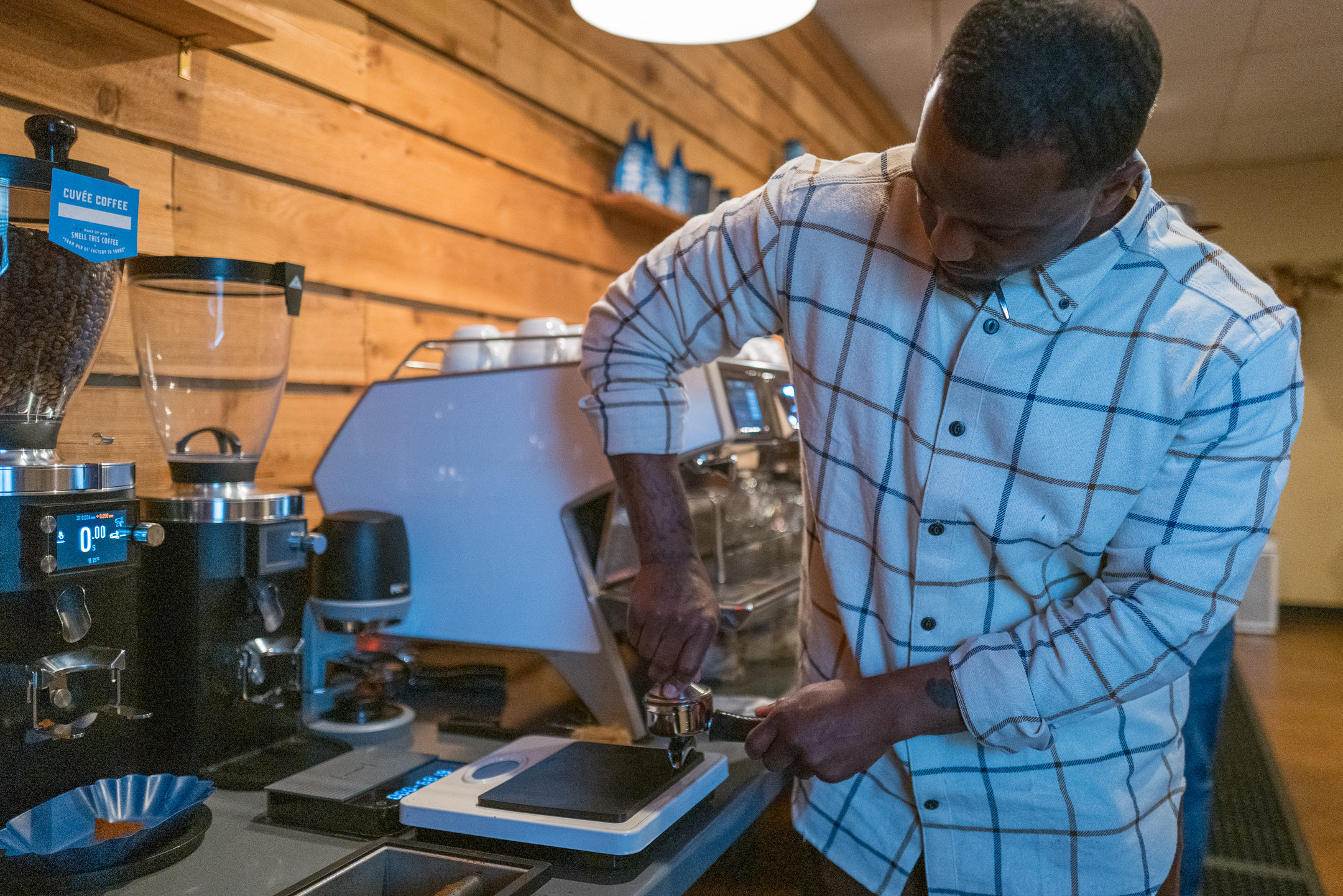
Frequently Asked Questions
How do I create a vision for my coffee shop business plan?
Develop a unique business concept by identifying your ideal customer’s needs, passions, and habits. Research where they live, work, and shop. Cater to a niche theme—such as surfing, motorcycles, vinyl records, salon services, nonprofit causes, or kindness—to build an authentic menu and brand.
What smart strategies should I include in my coffee shop business plan?
Include a five-year financial plan, a functional floor plan with drive-thru or curbside options, efficient barista operations, trend monitoring for Gen Z and social media, and a hybrid revenue model—selling alcohol, flowers, or vehicle services—to boost transactions and average spend.
What essential elements make up a coffee shop business plan?
Your plan should feature seven sections: an Executive Summary, Company Summary, Management Team Overview, Product & Customer Targeting Strategy, Store Design & Equipment, Proposed Location & Market Analysis, and a detailed Financial Plan to guide operations and secure investors.
How should I write the Executive Summary of my coffee shop business plan?
Summarize goals, objectives, market gap, concept, and stakeholder benefits in under two pages. Although it appears first, draft it last—after completing the other sections—to ensure a concise, high-level overview that accurately reflects your full plan.

Register for a Coffee Class
The Best Coffee Training Available
We’ve helped hundreds of students successfully launch their own coffee shop businesses. Join us in our 5-Star Rated Coffee Classes, whether you’re an aspiring entrepreneur looking to open a coffee shop, a manager, a barista or home enthusiast looking to sharpen your skills.


